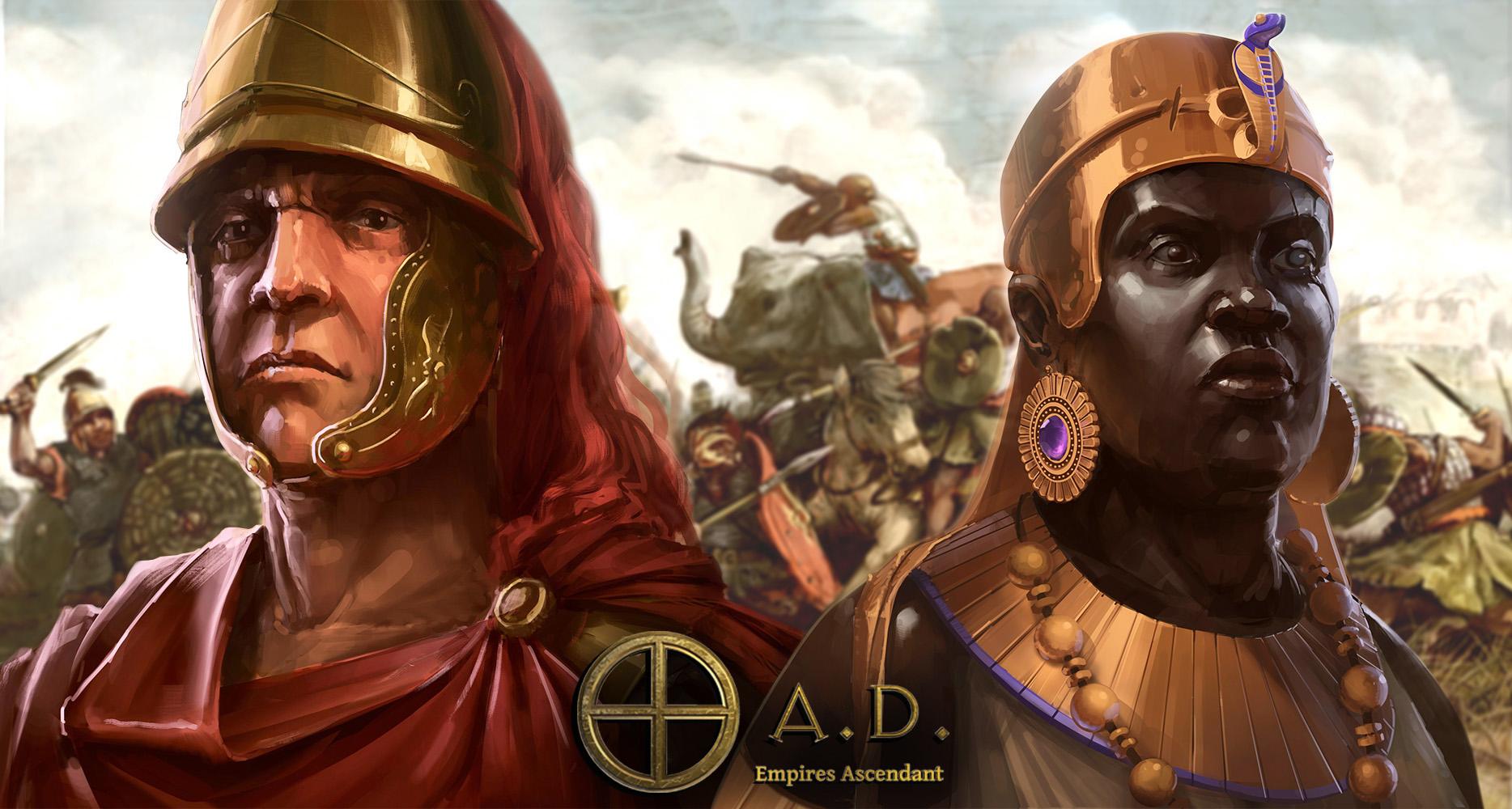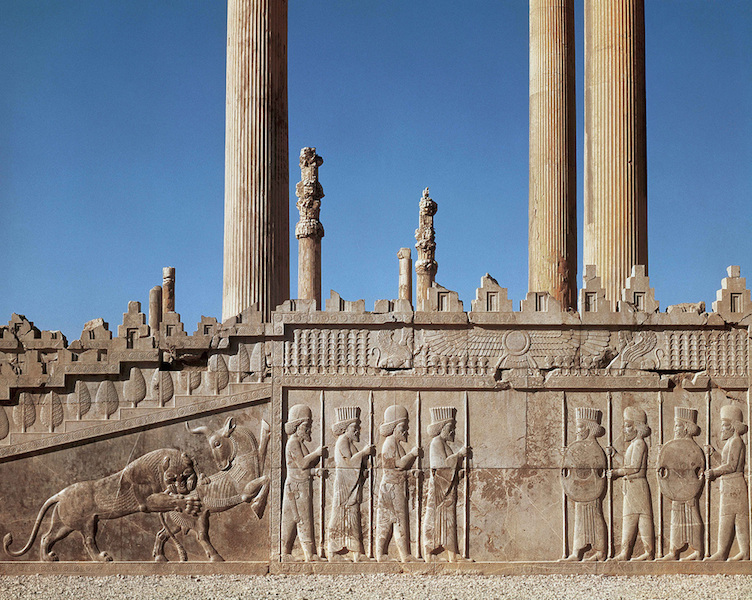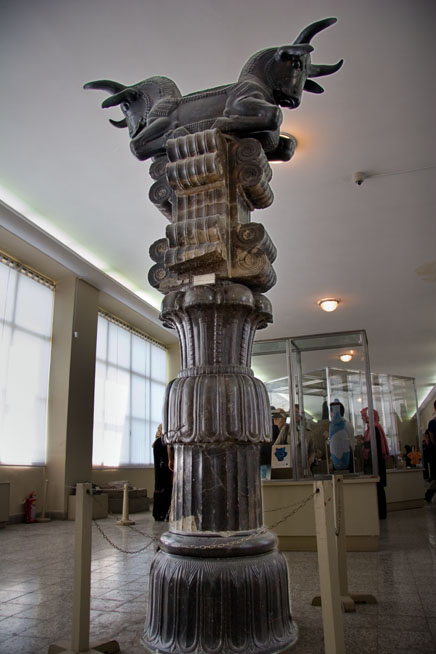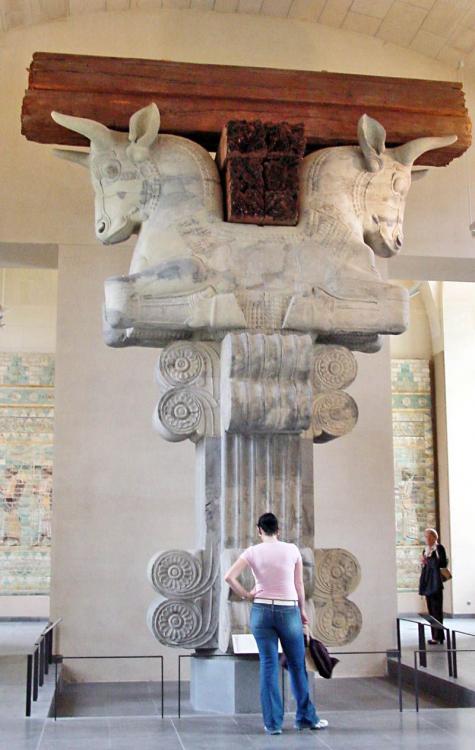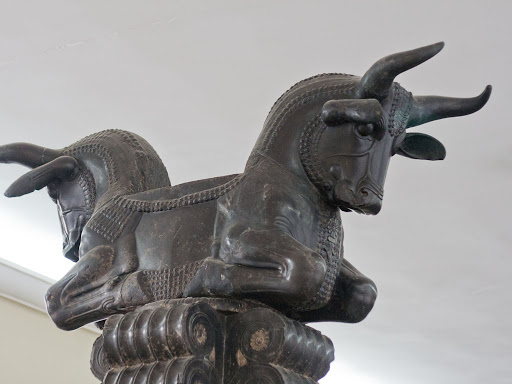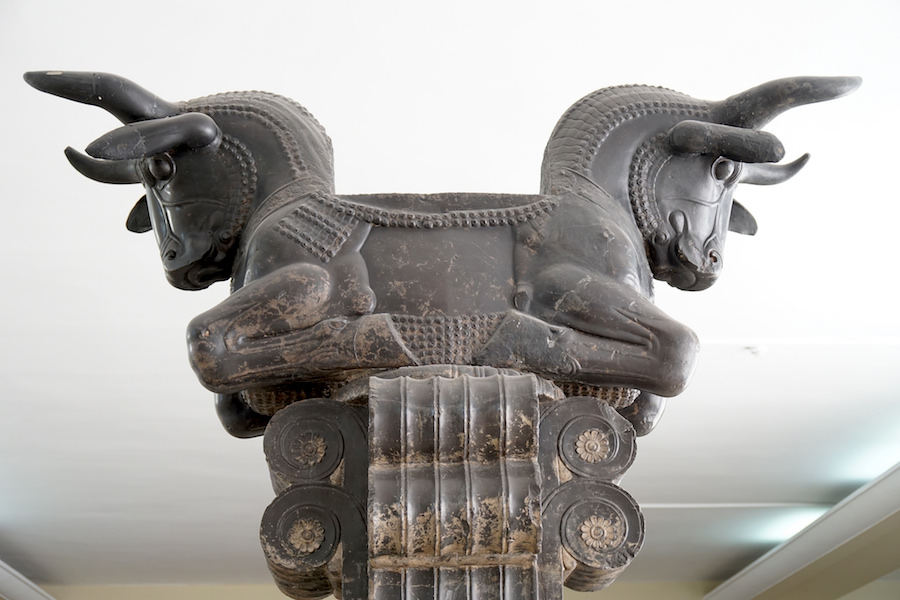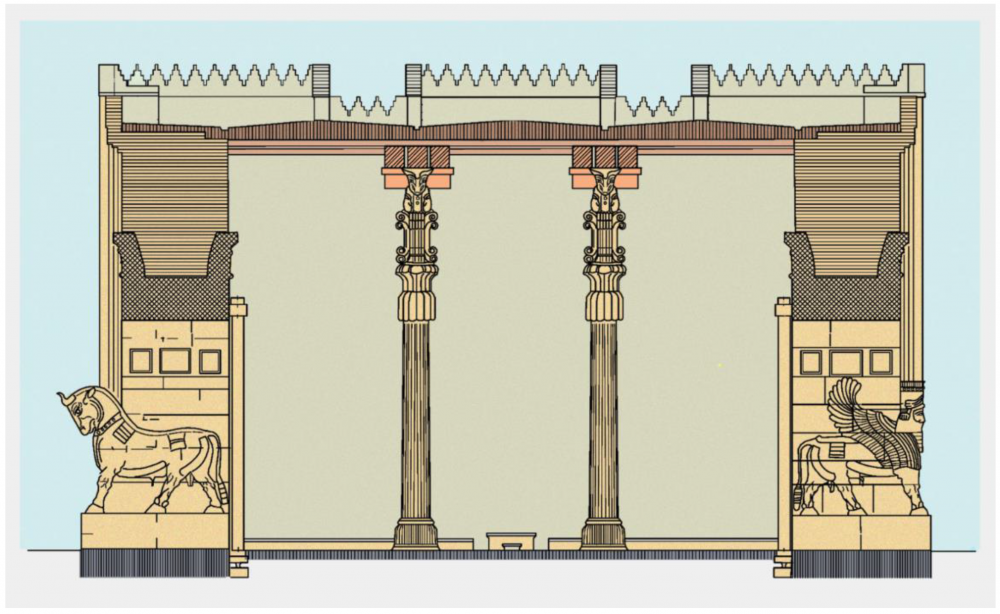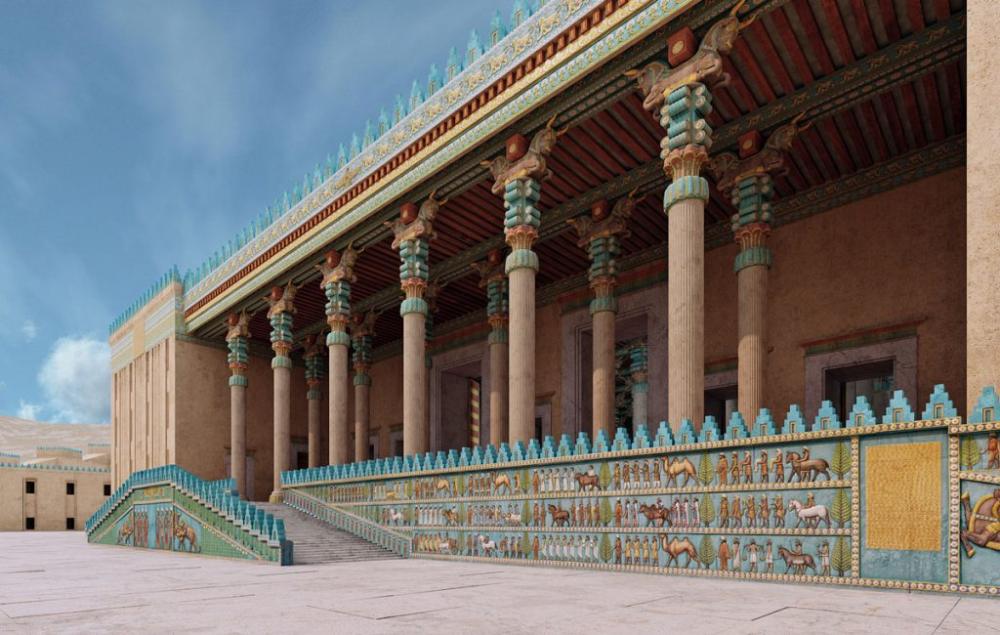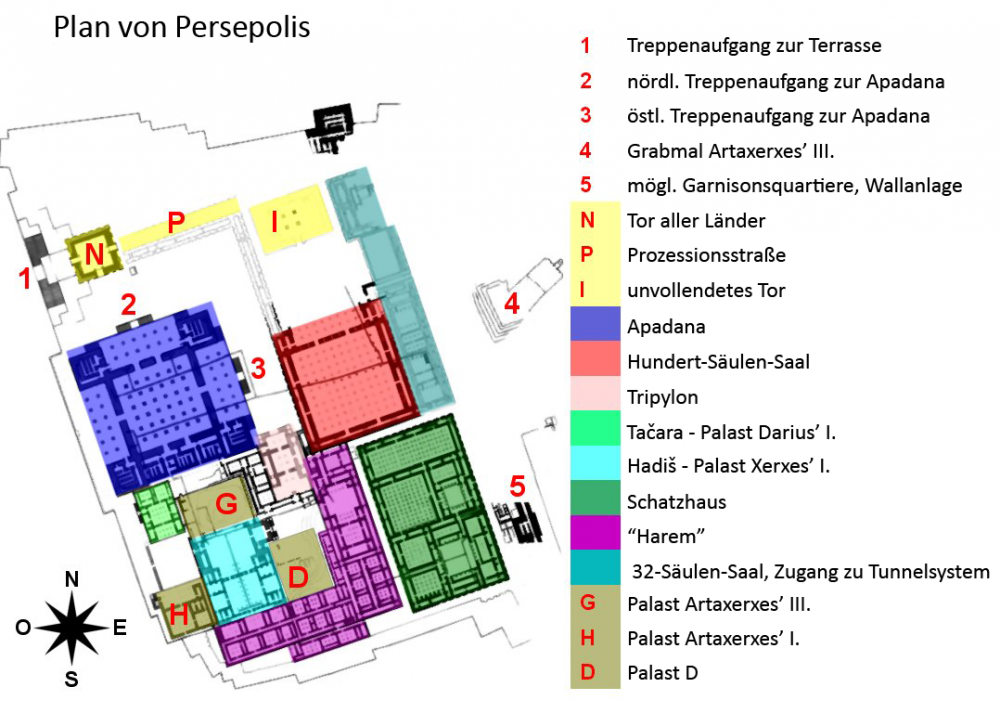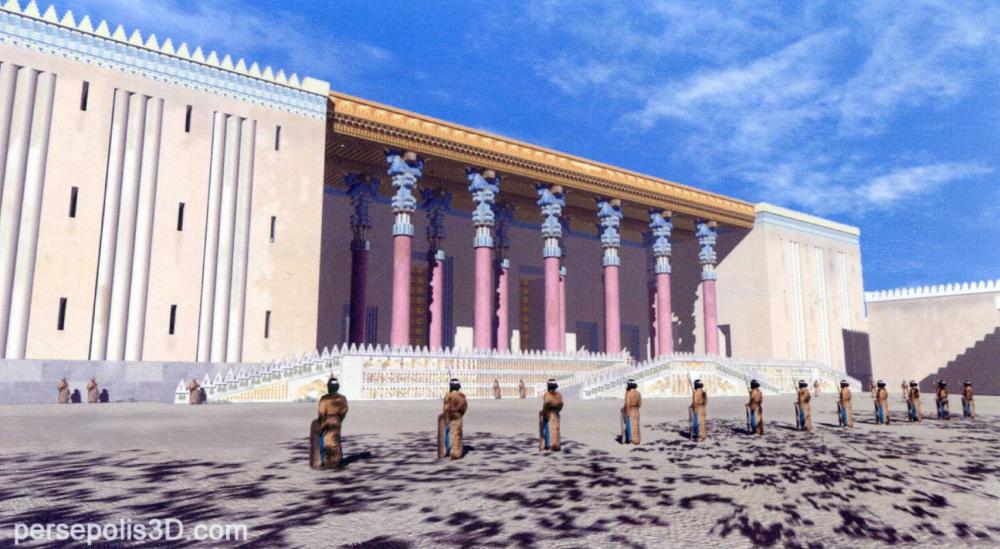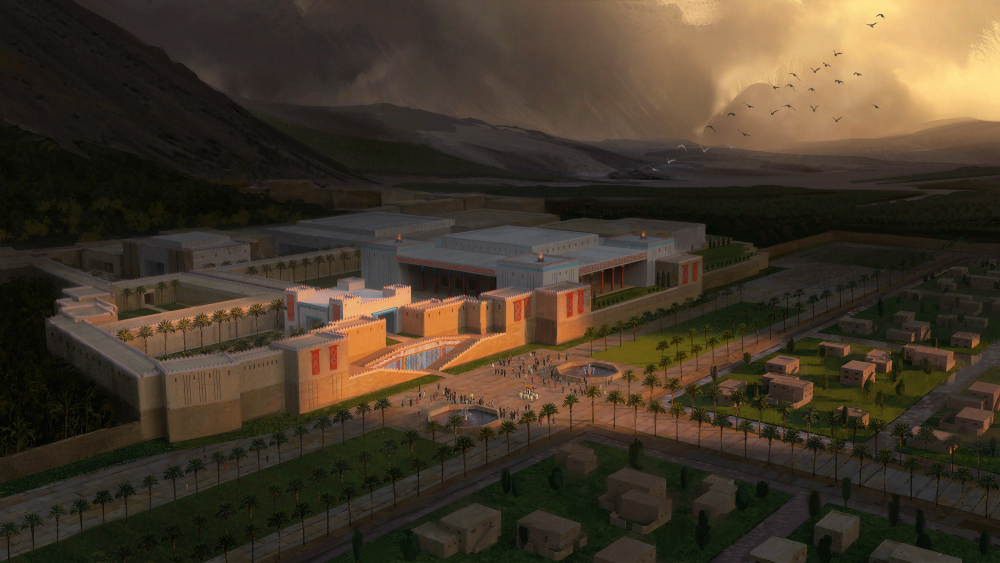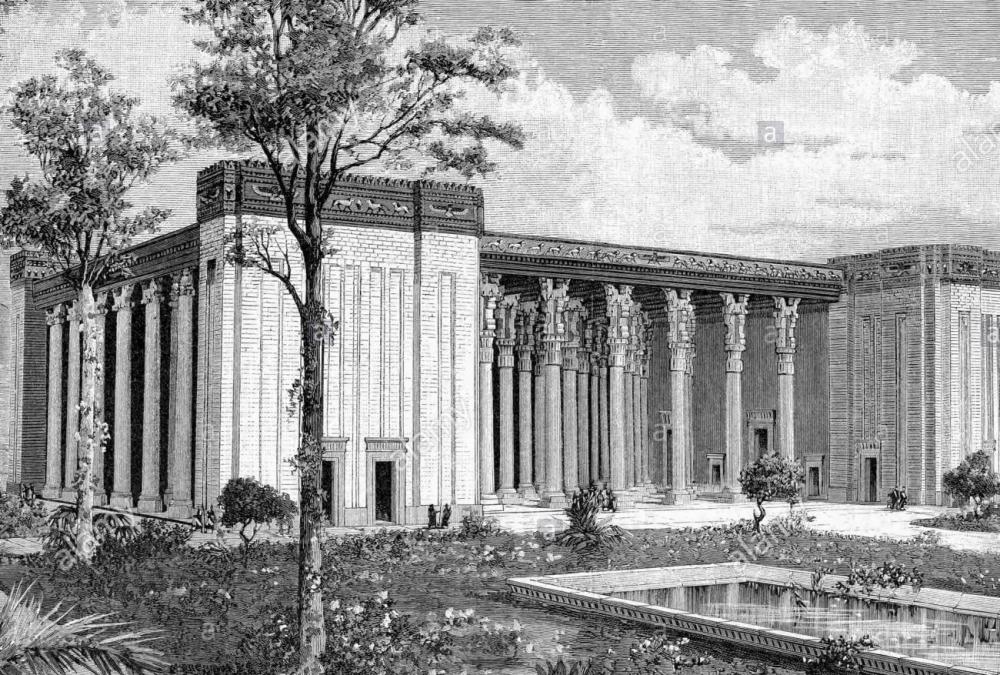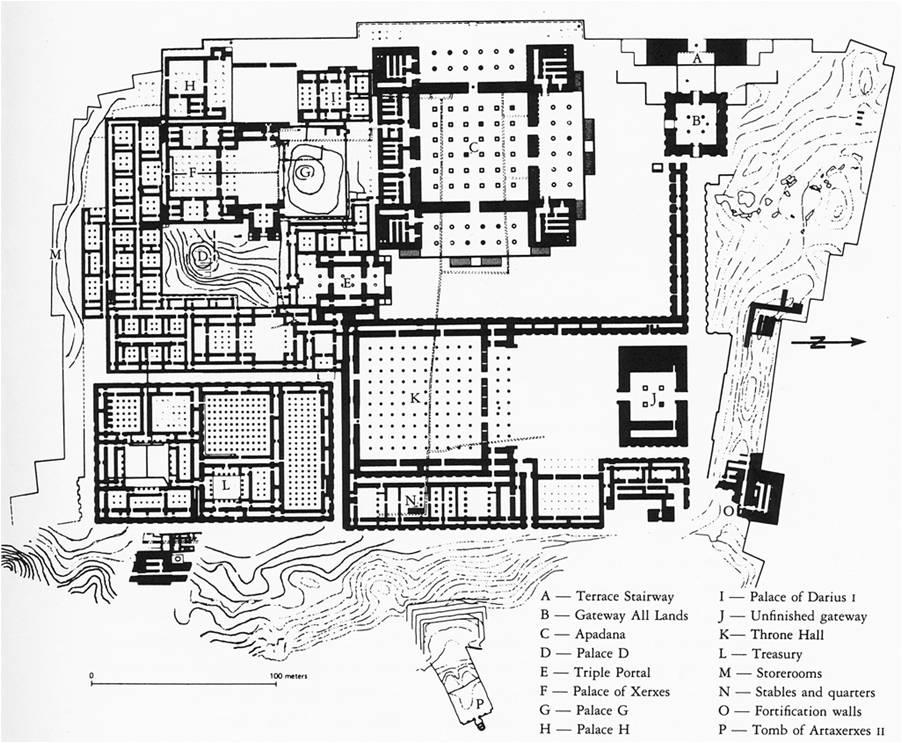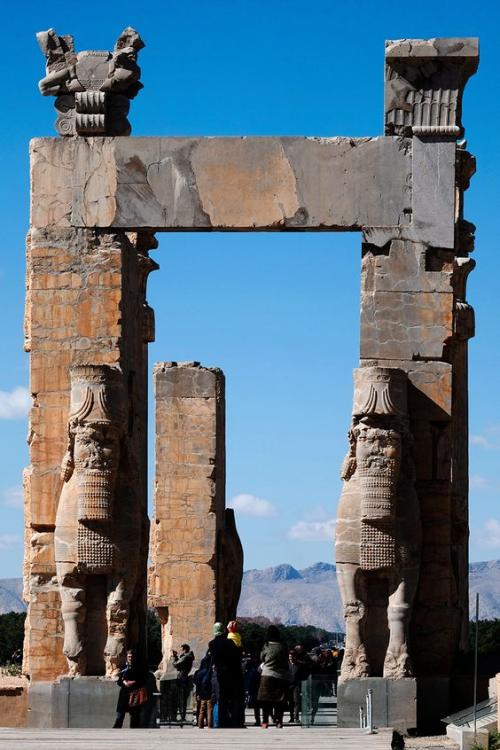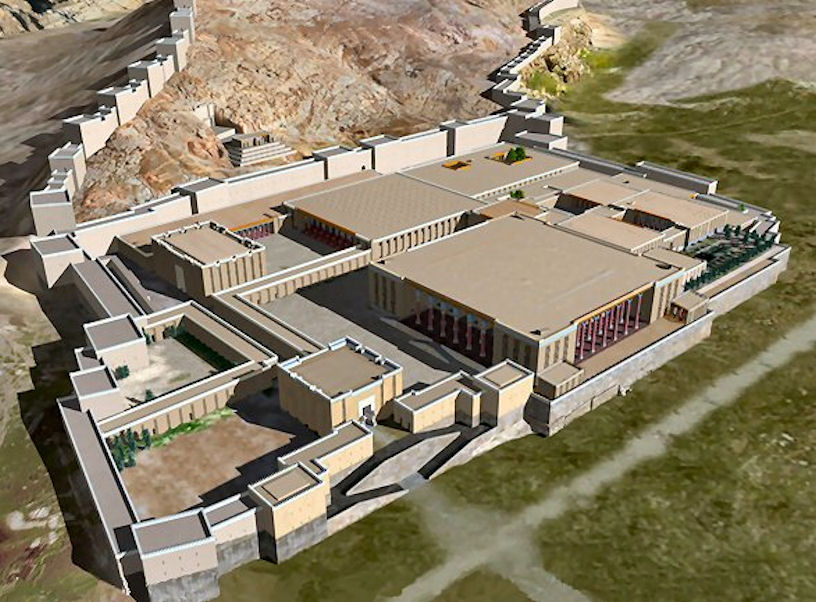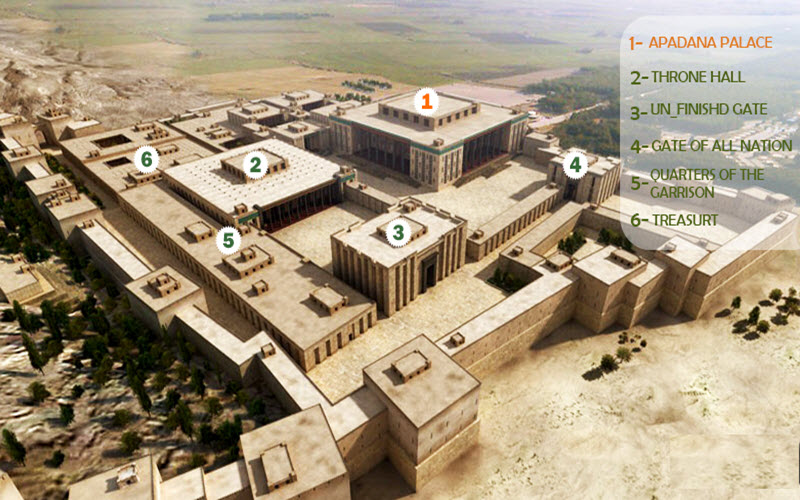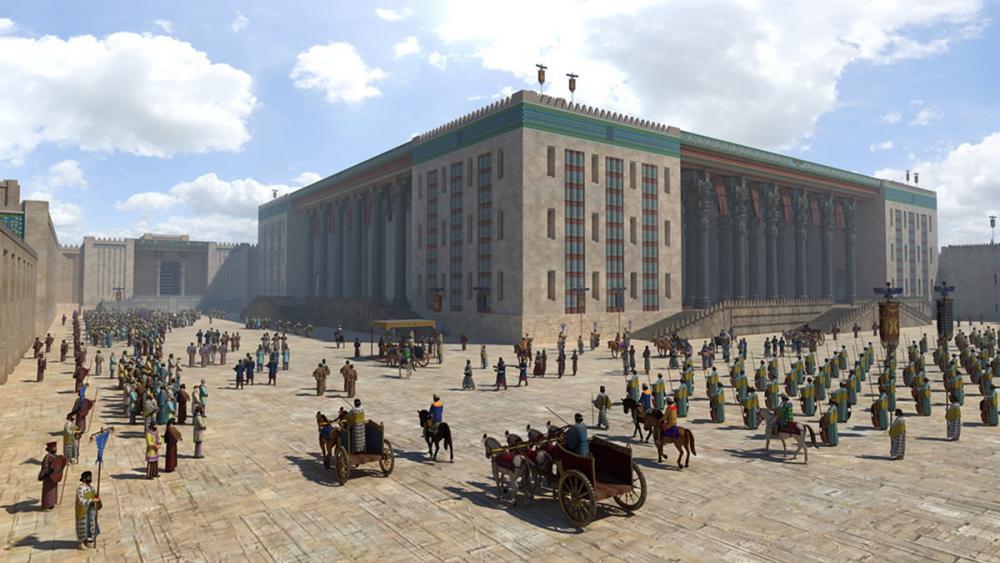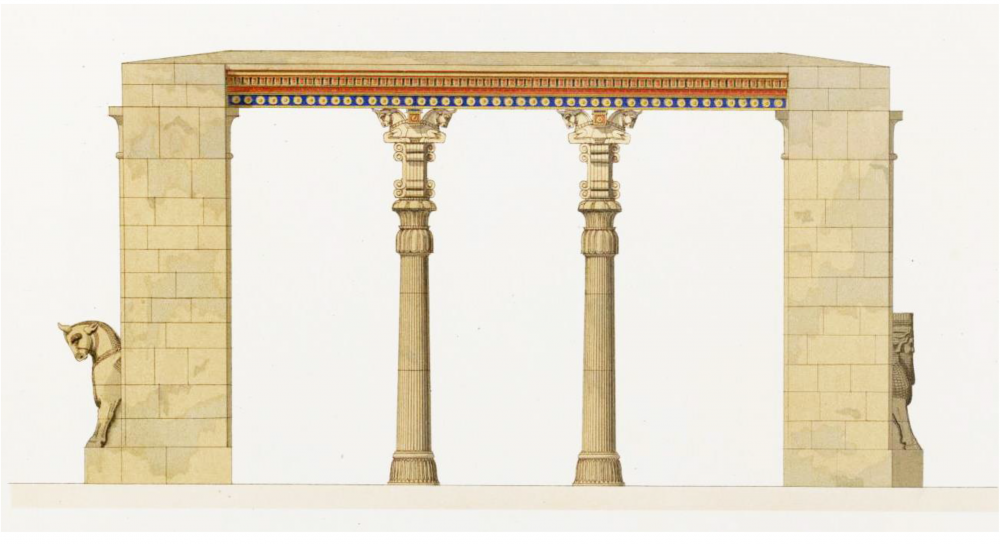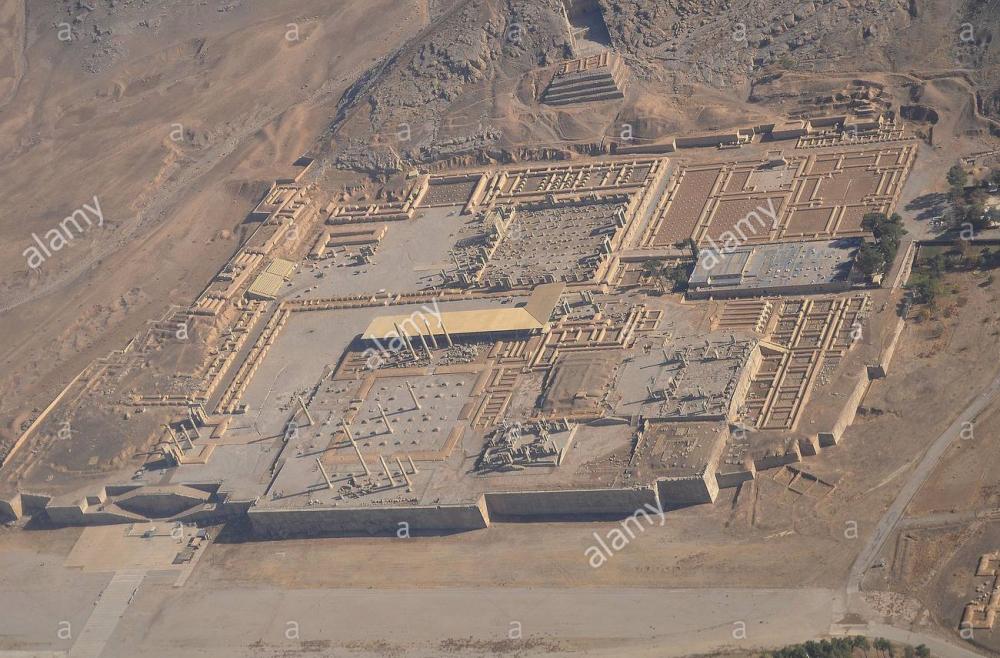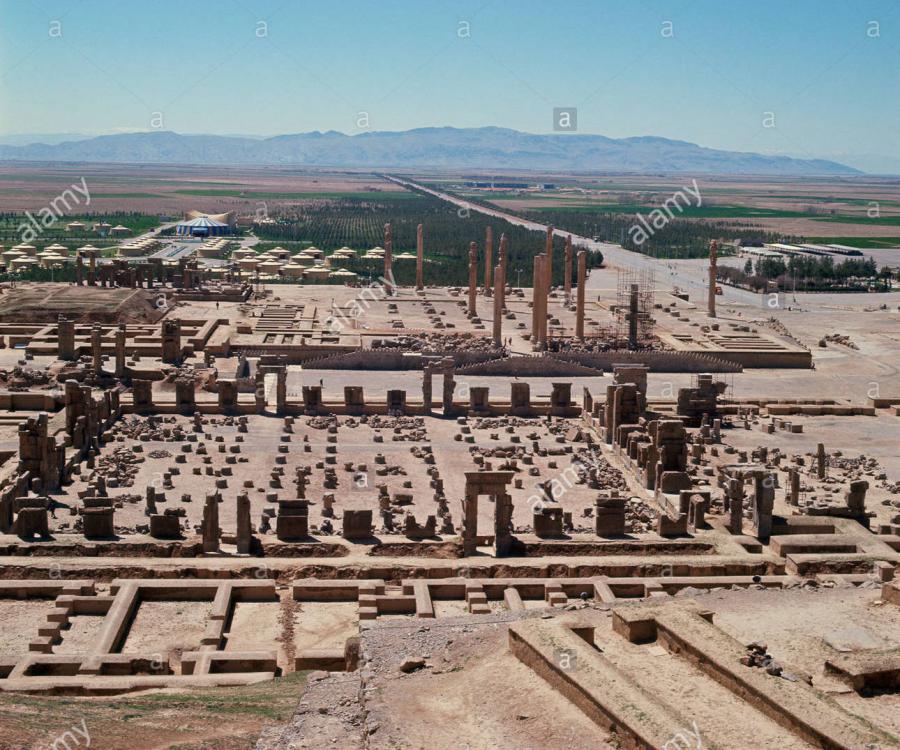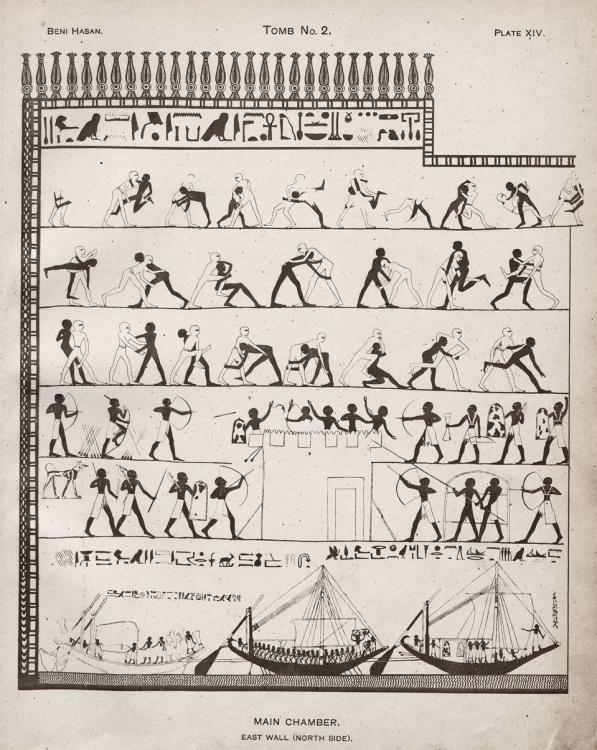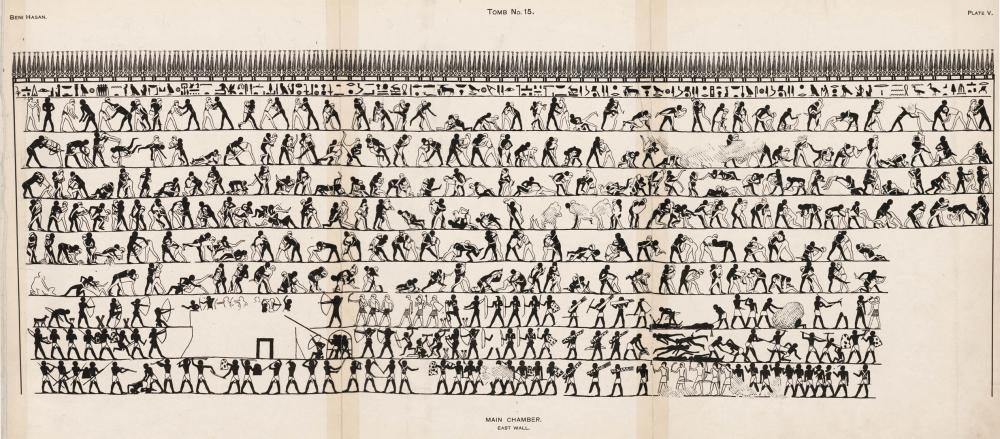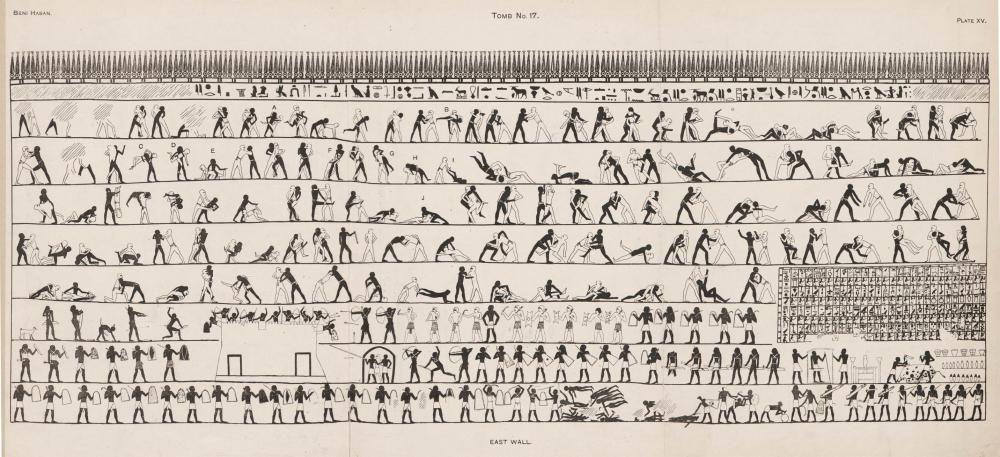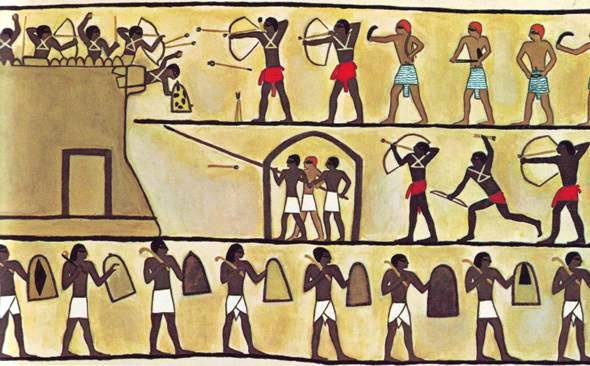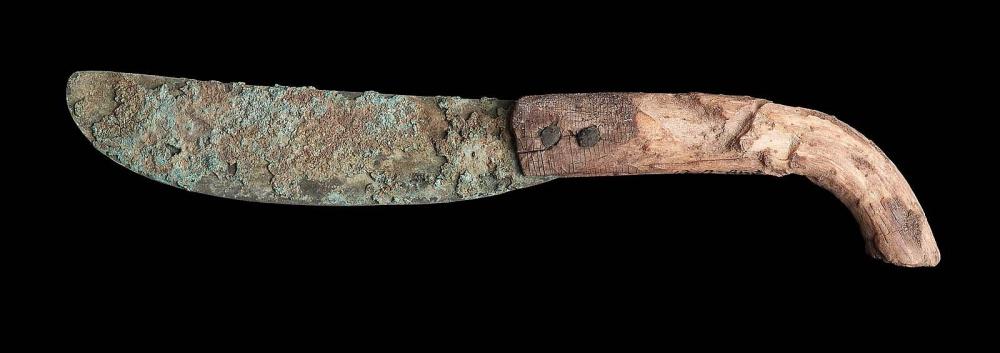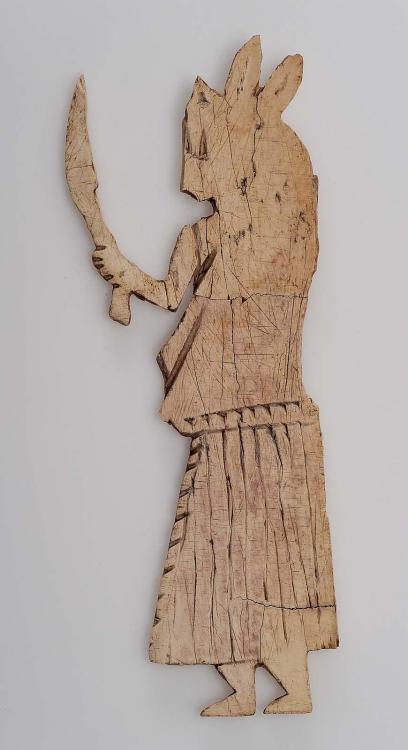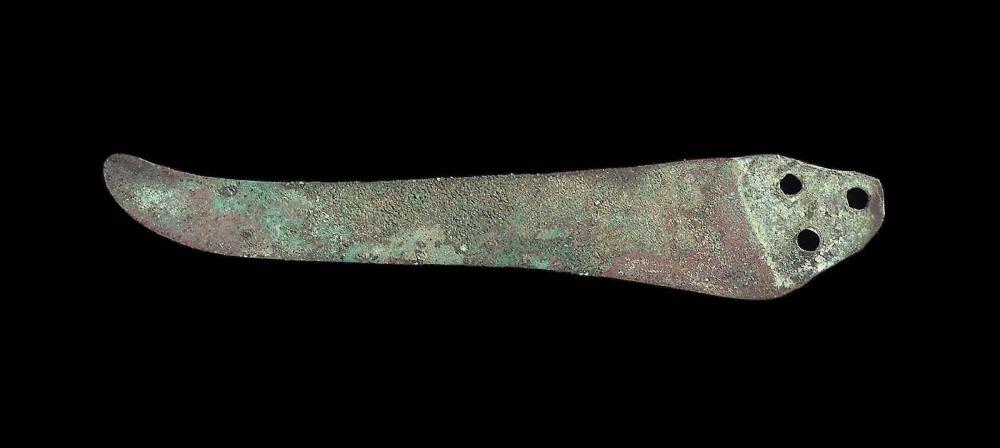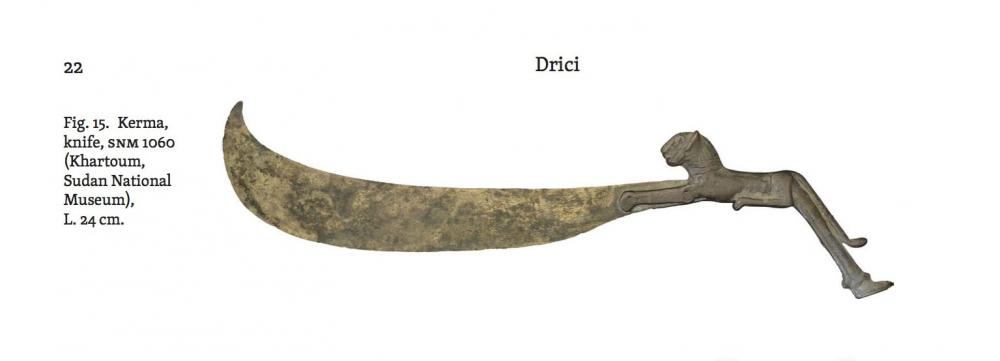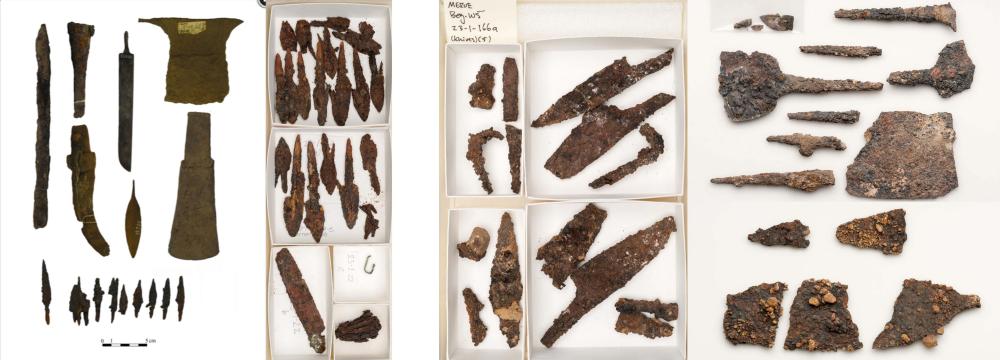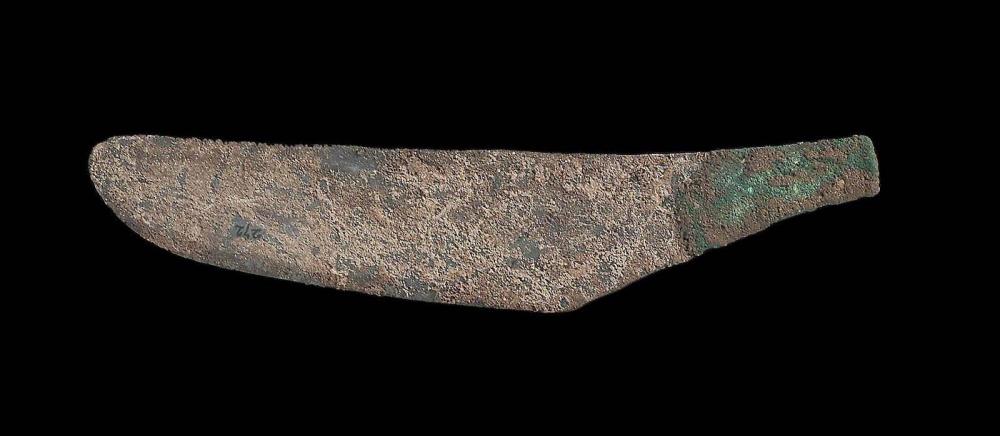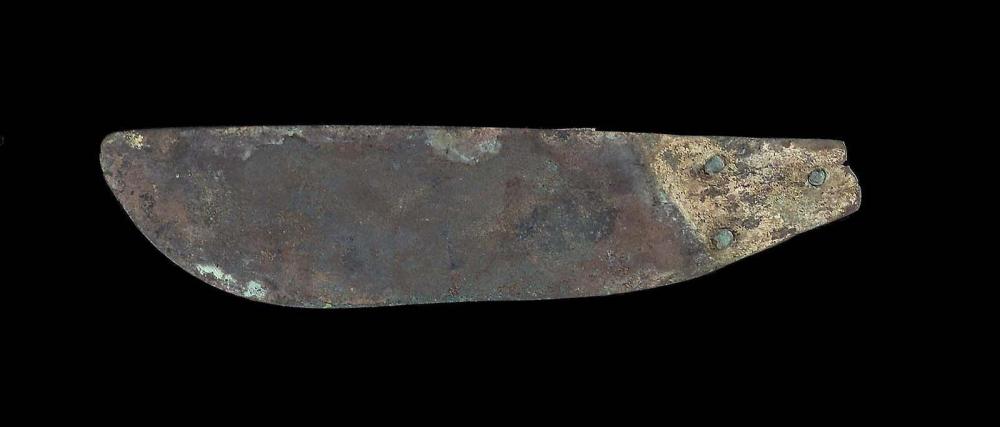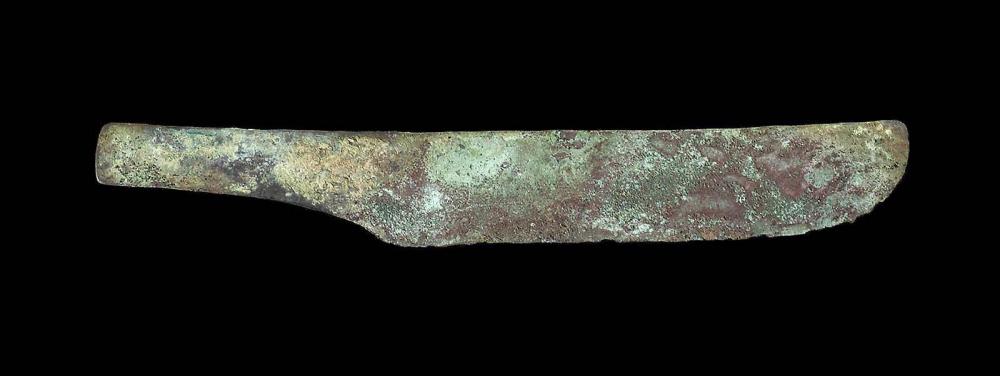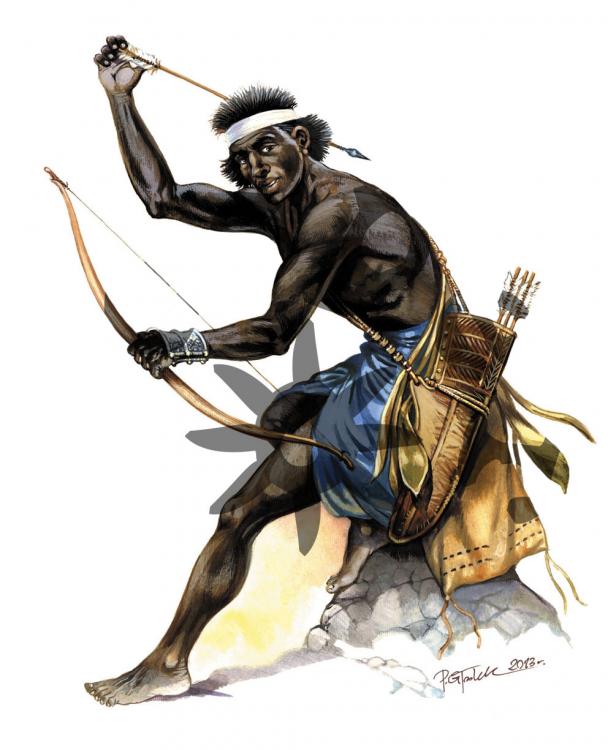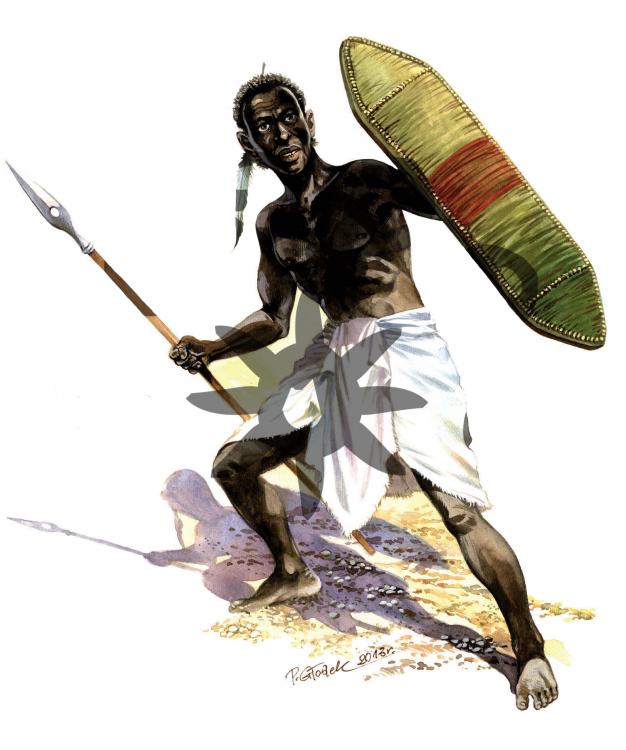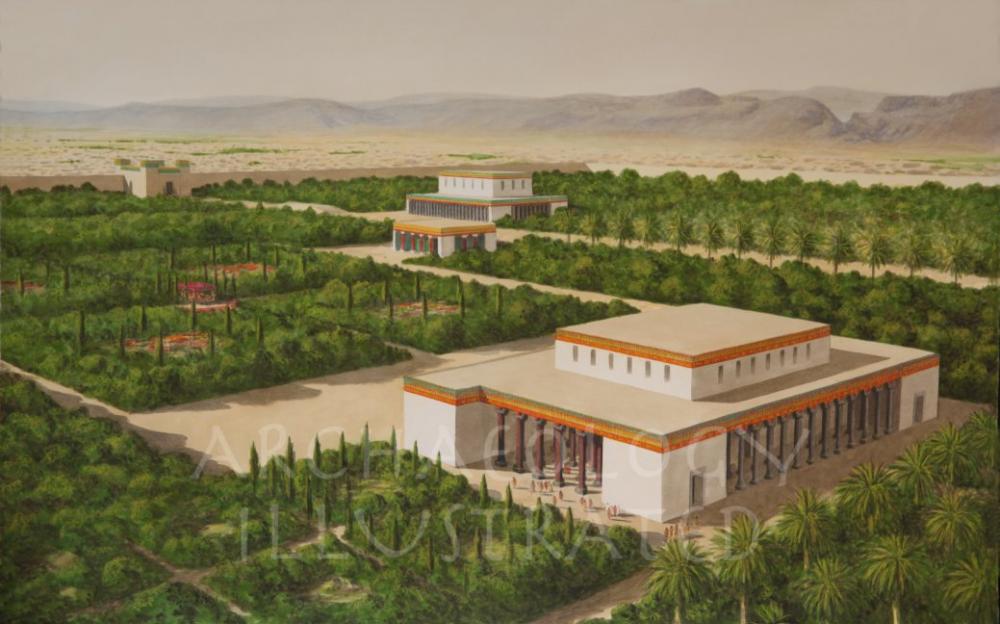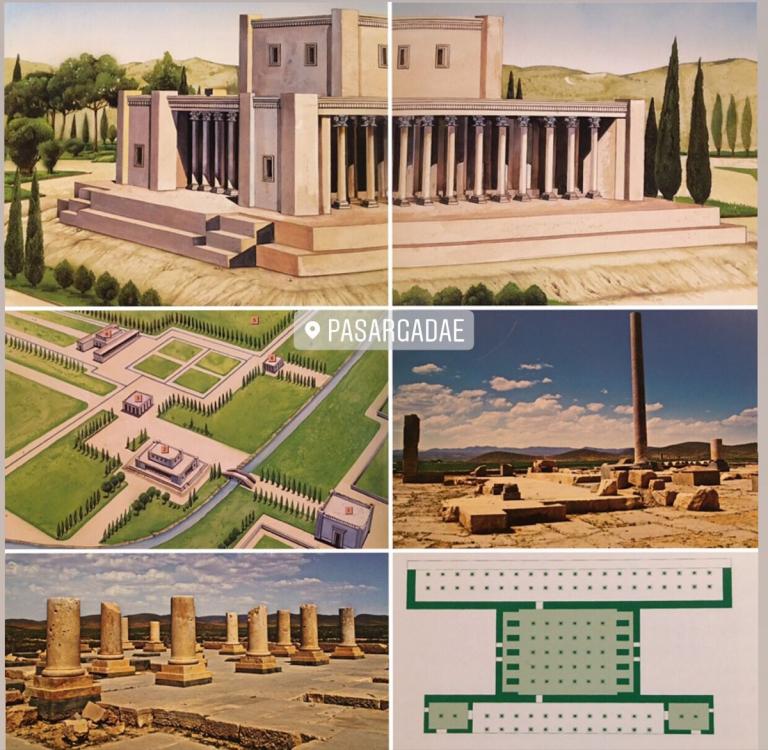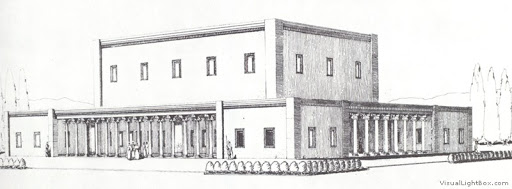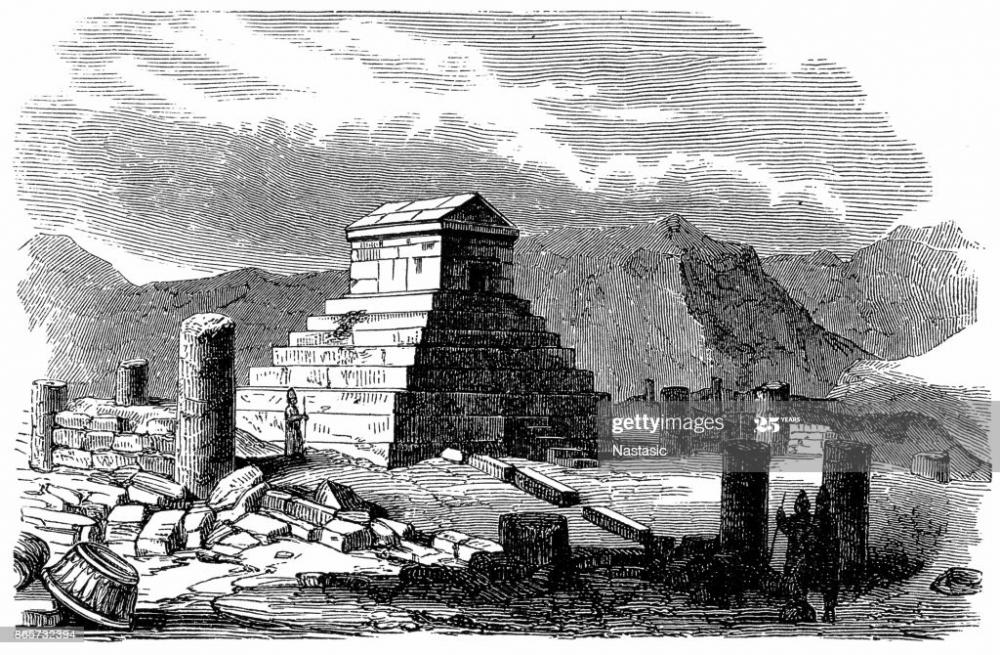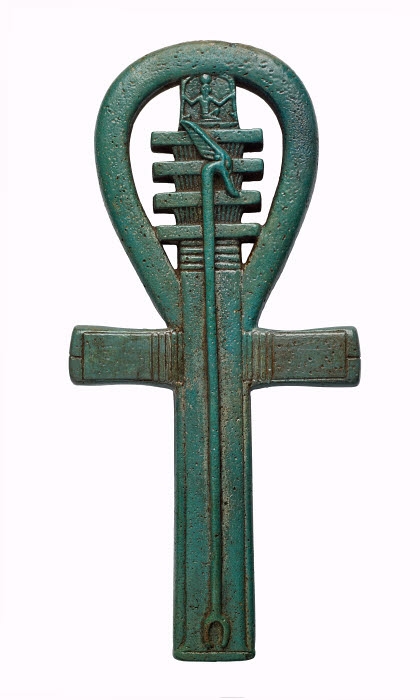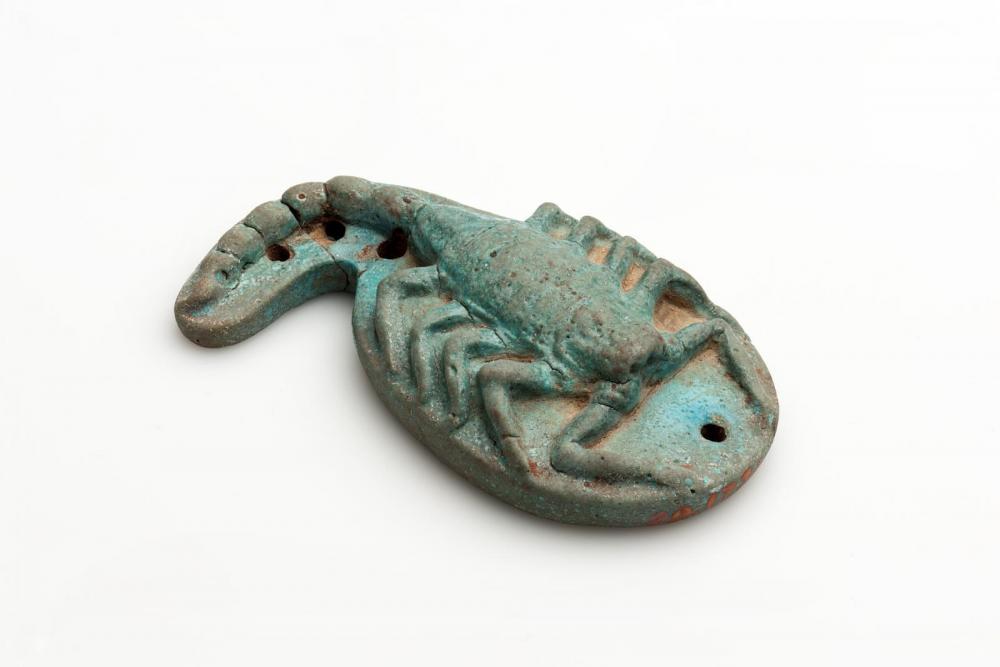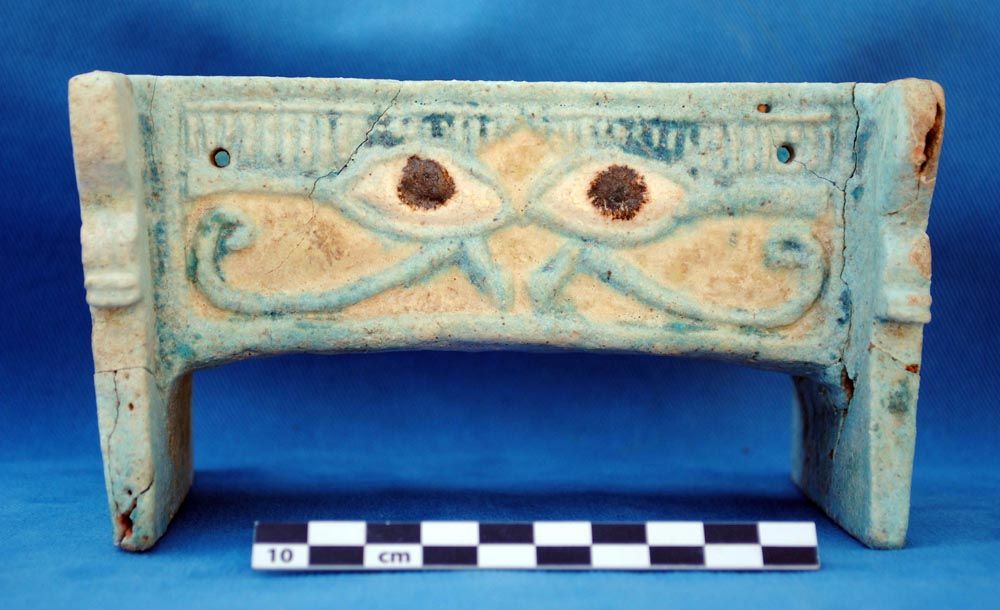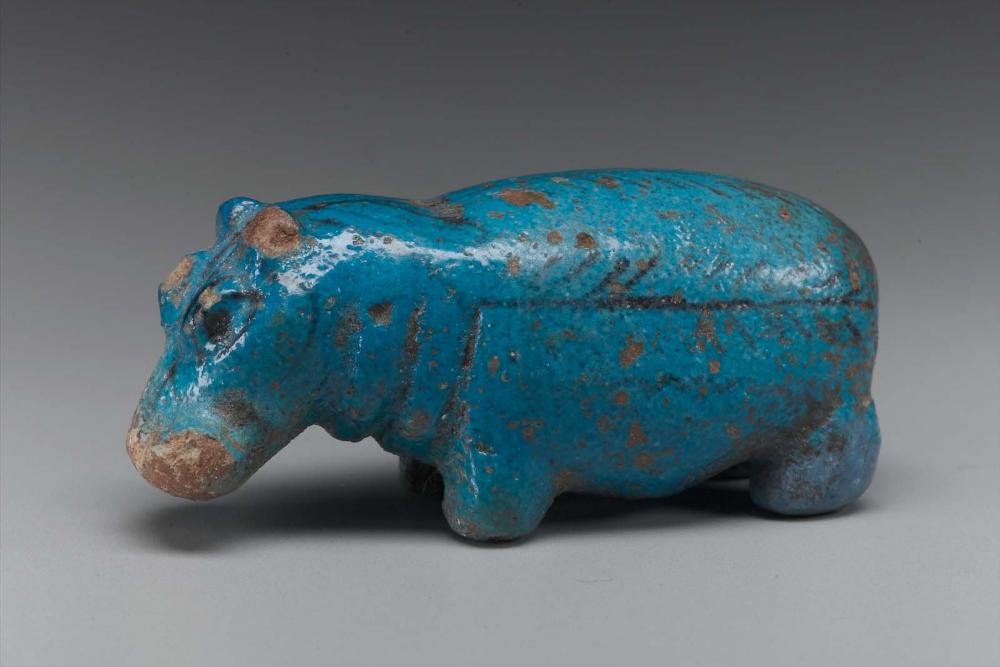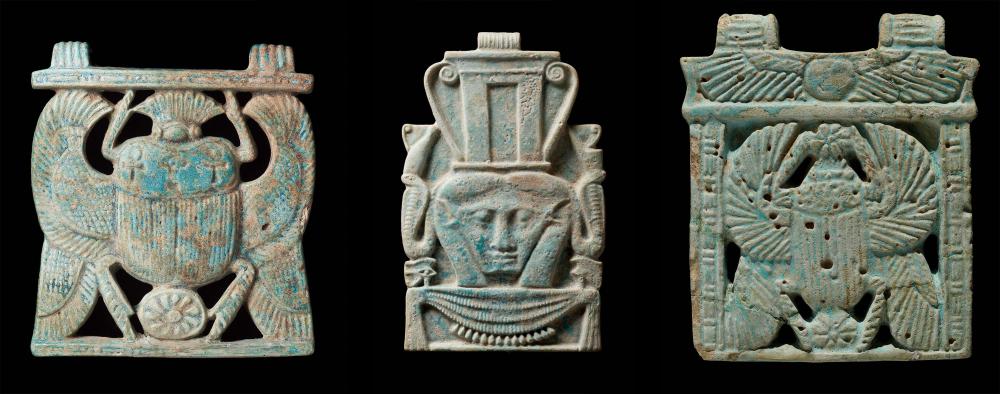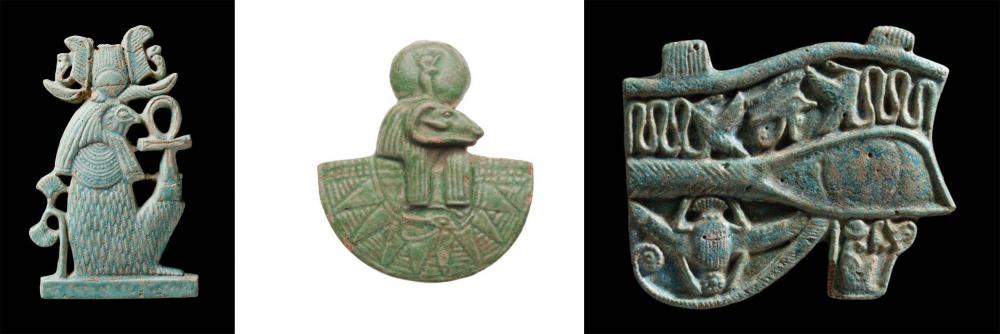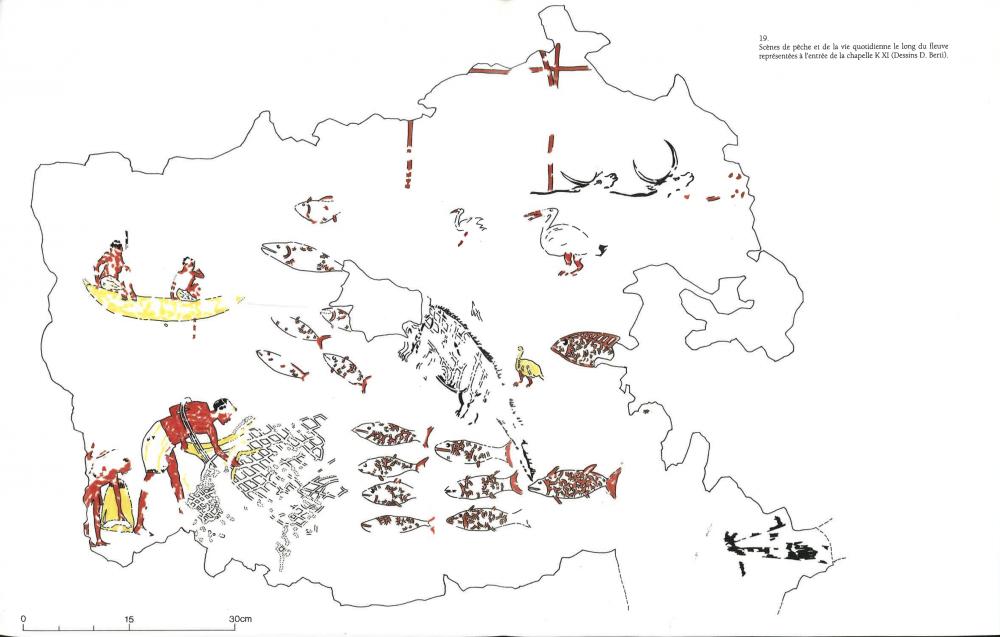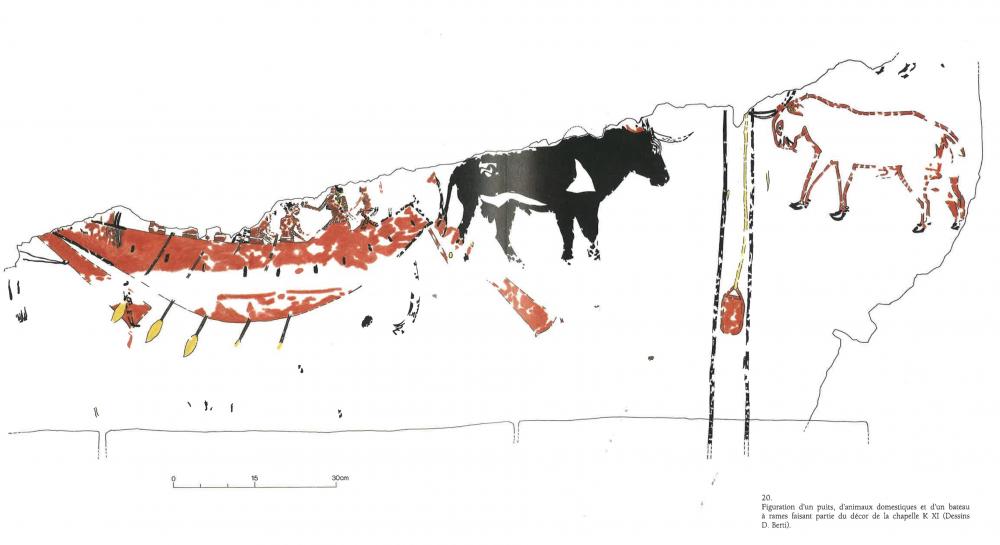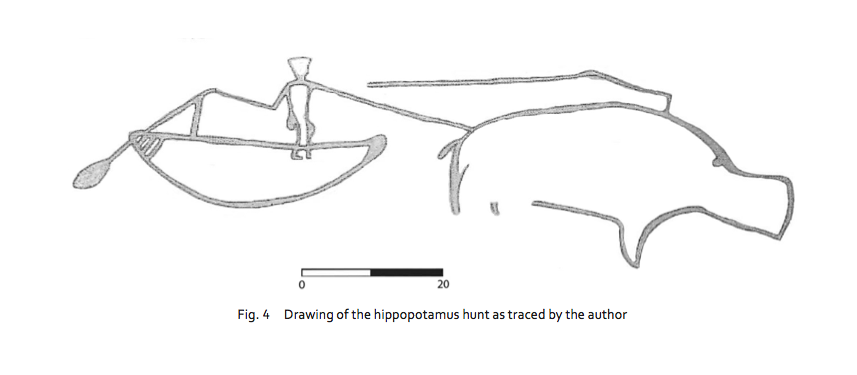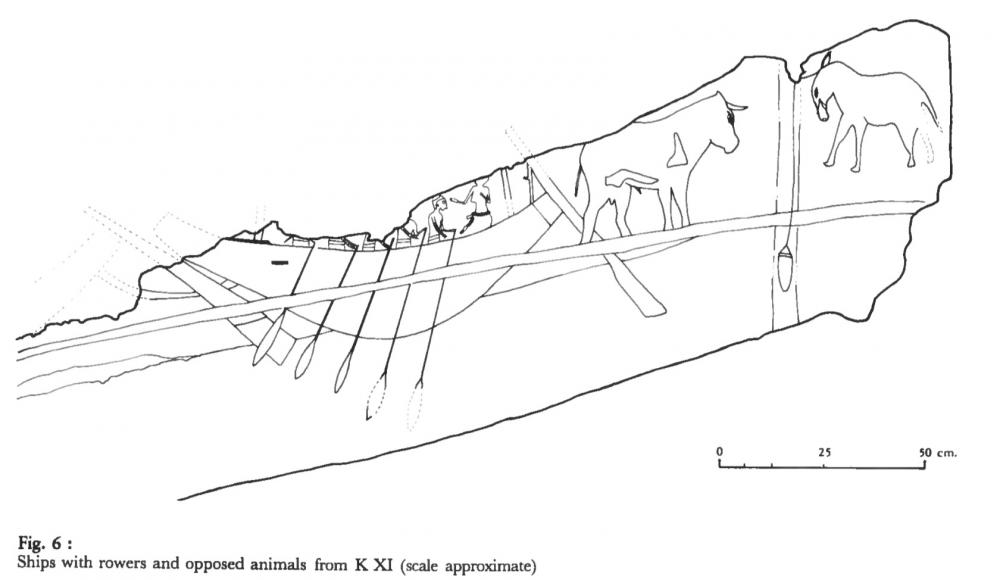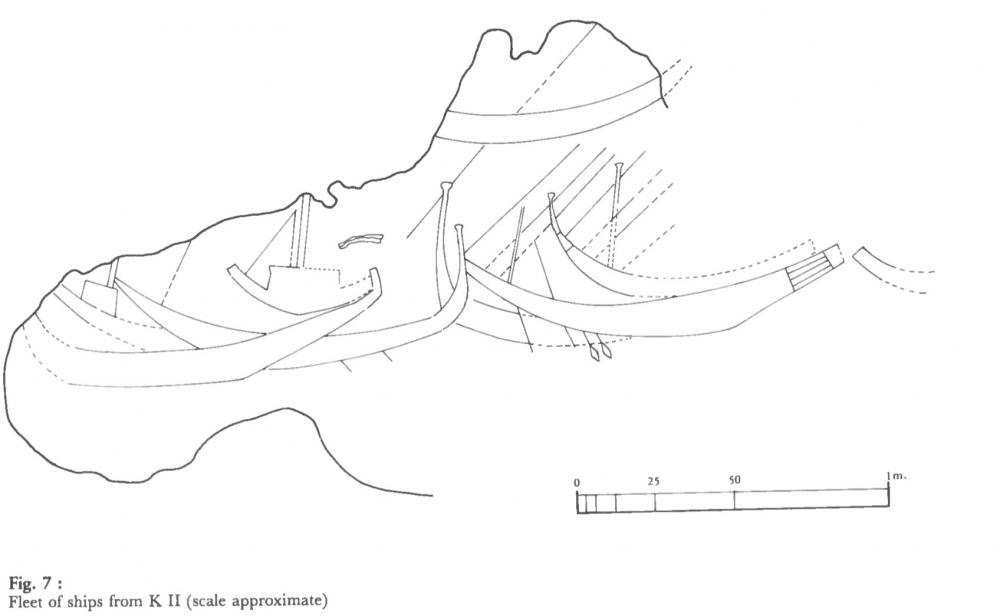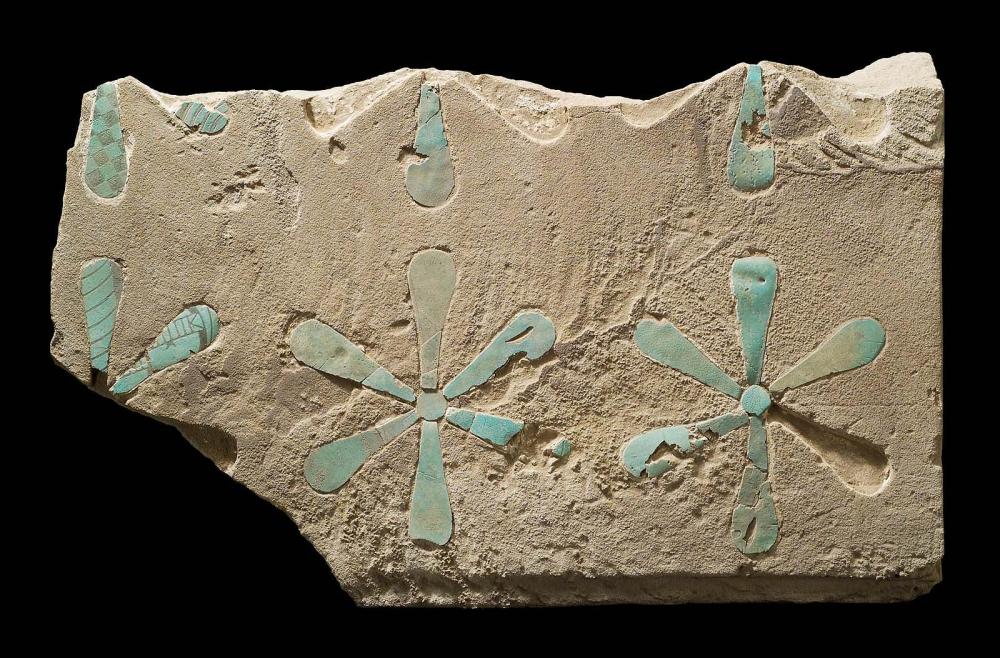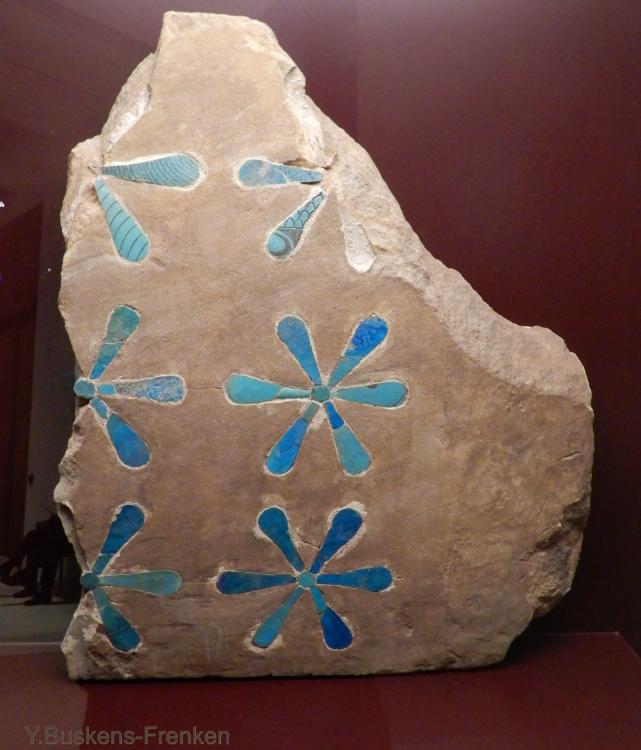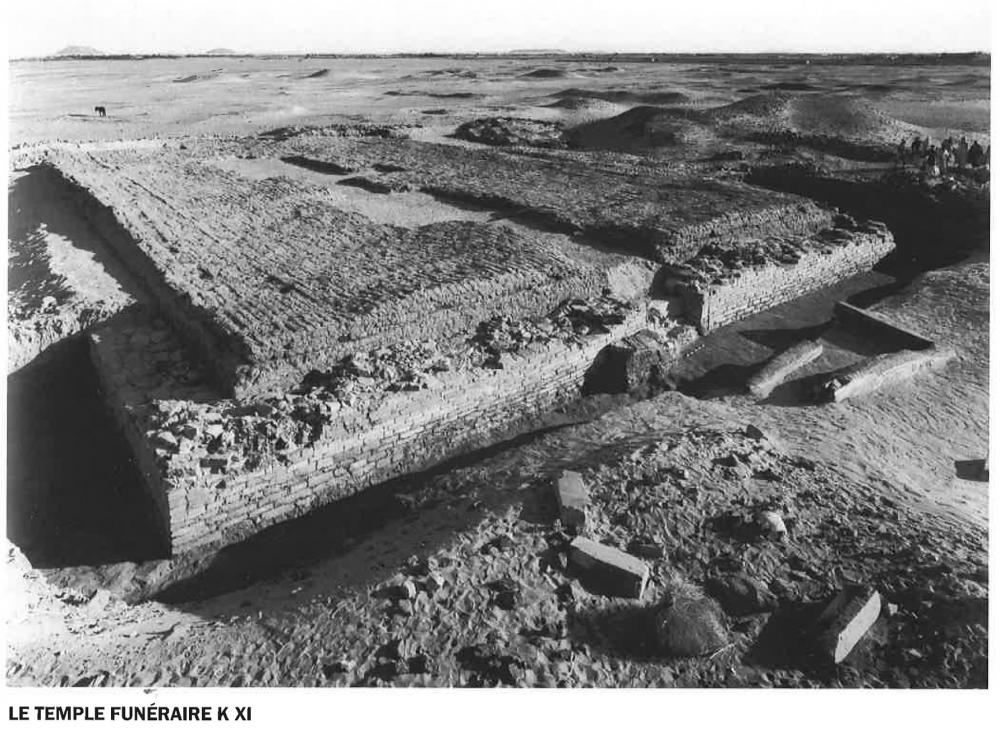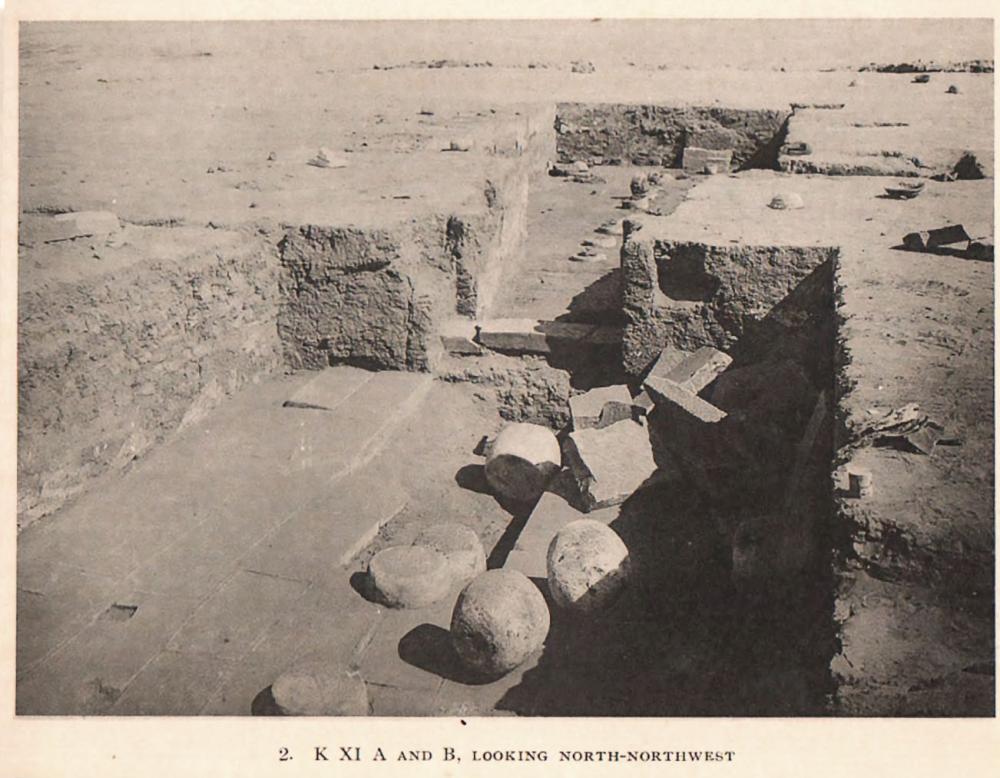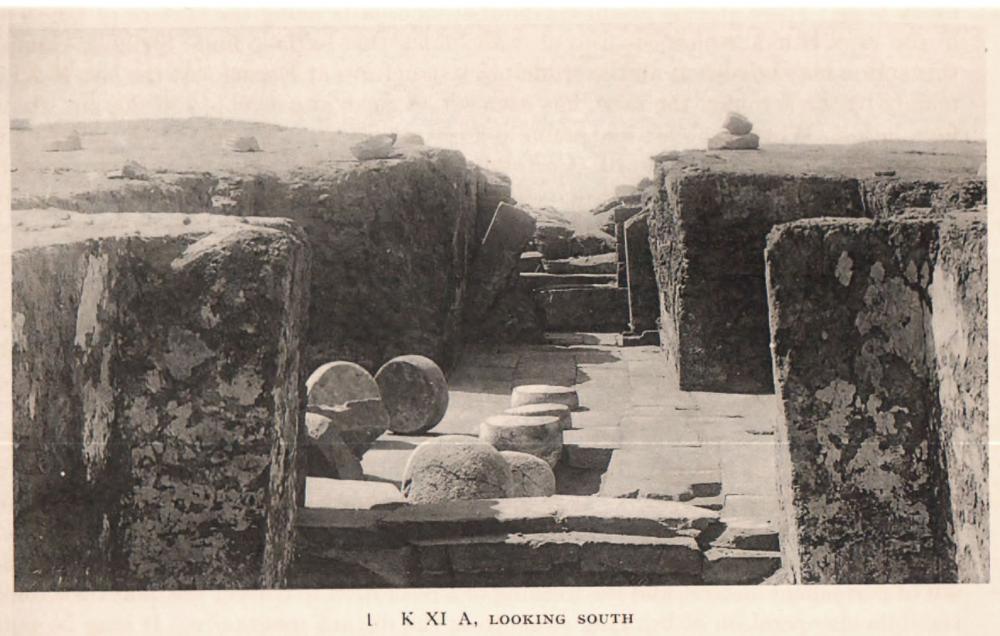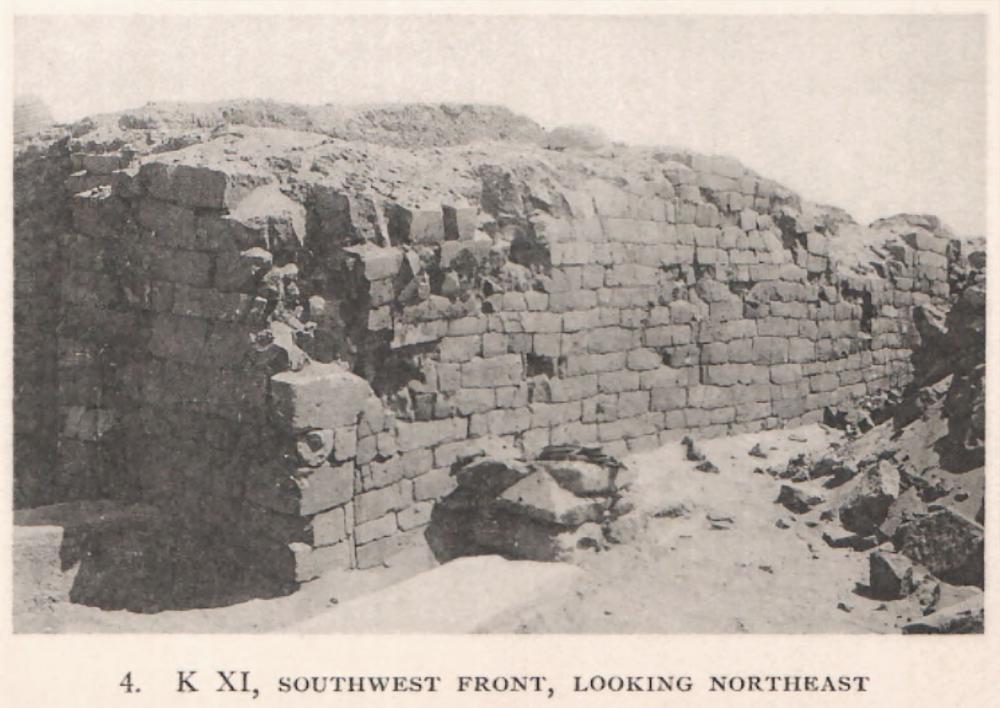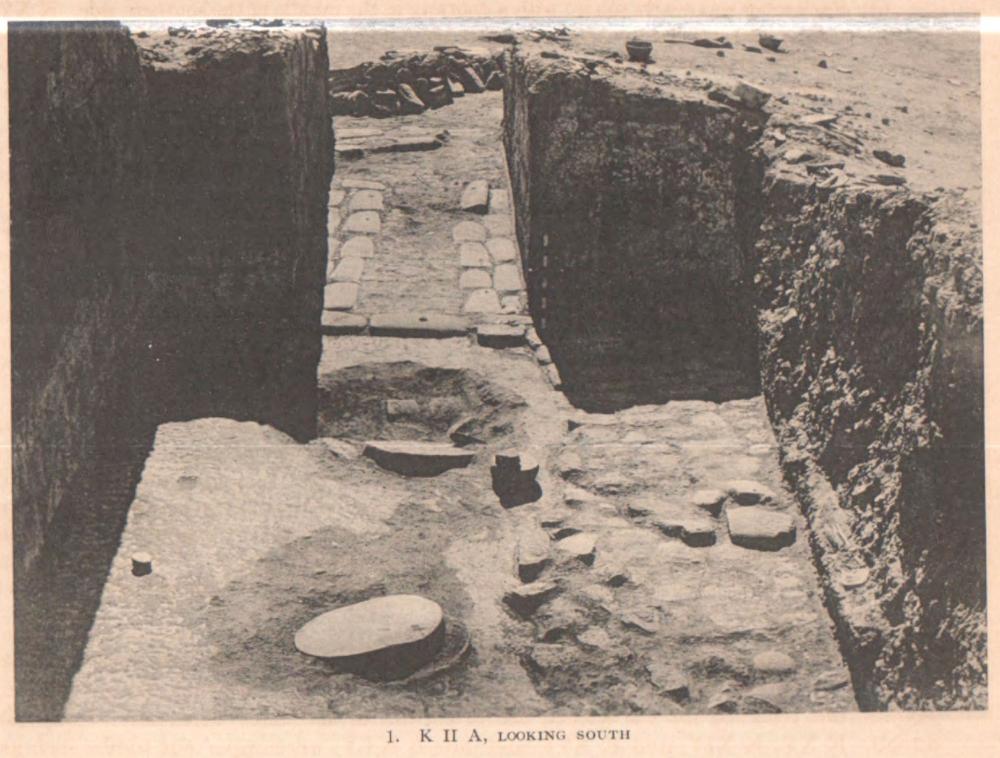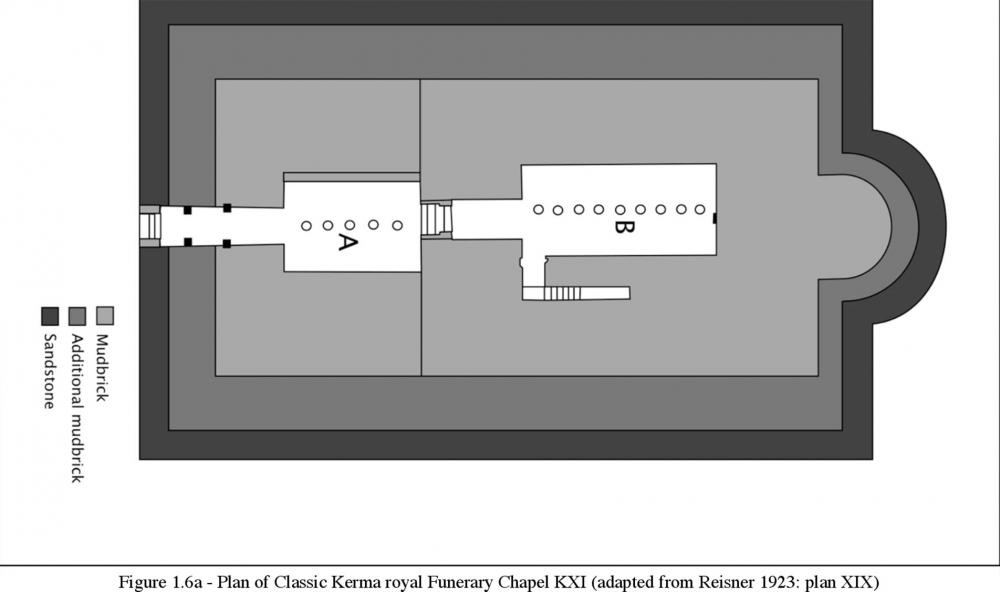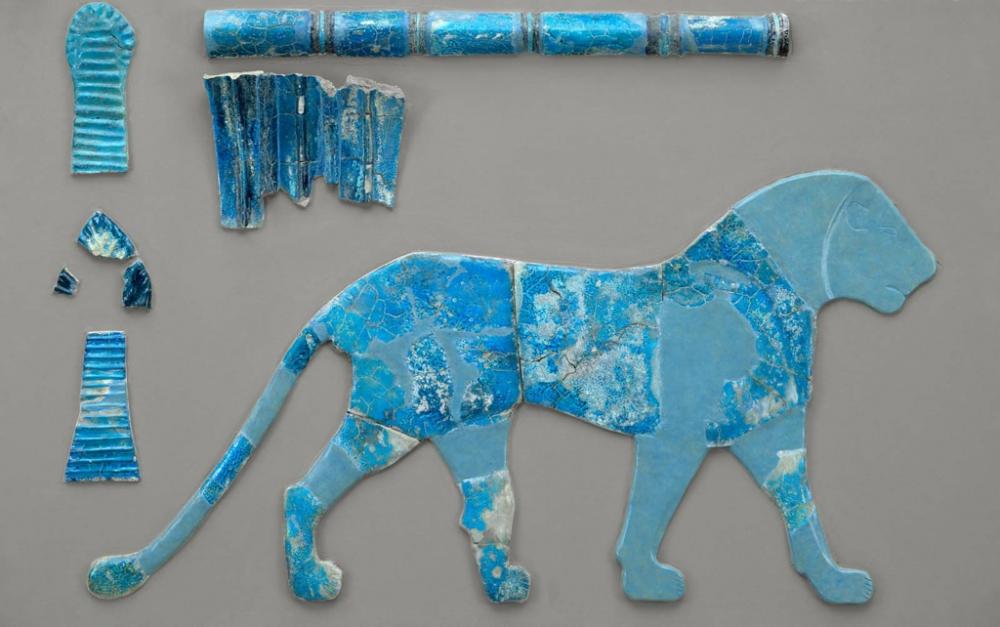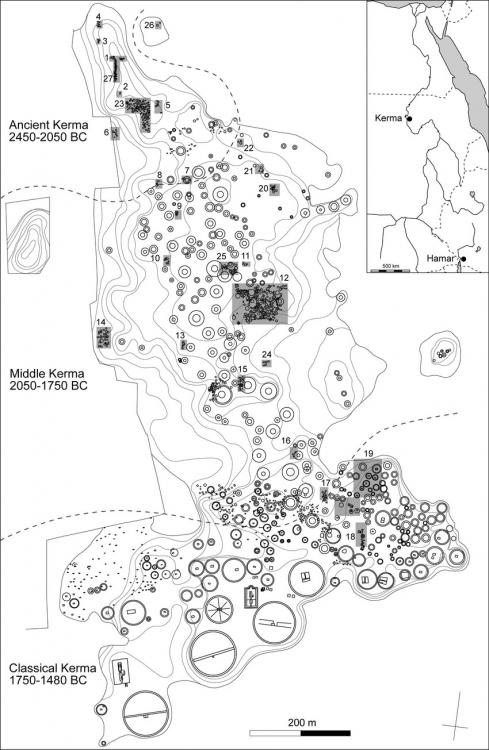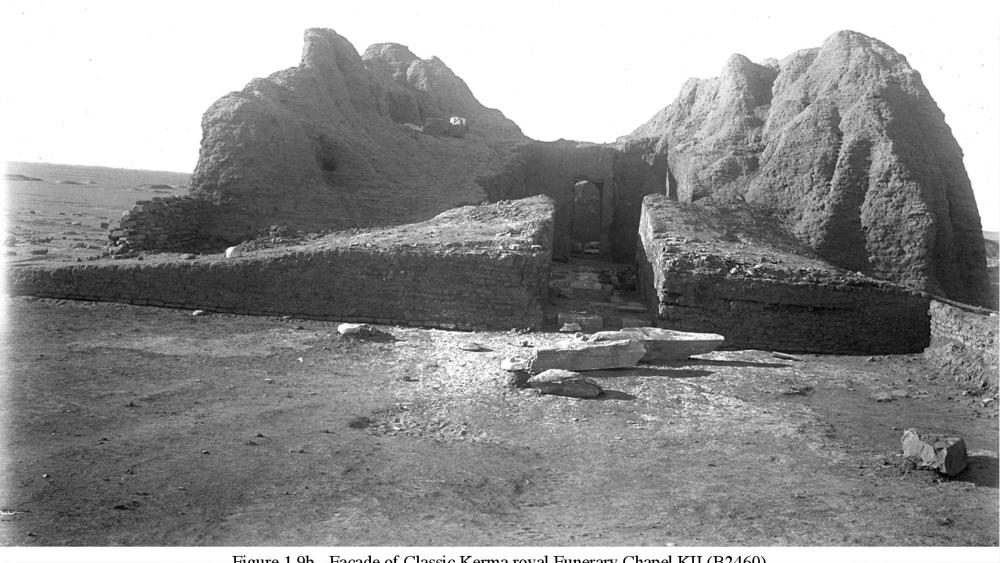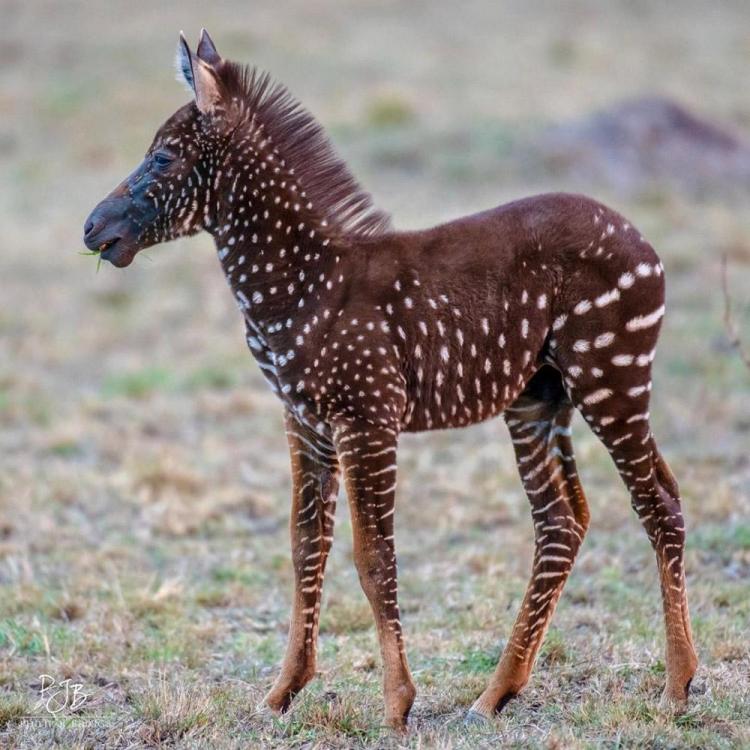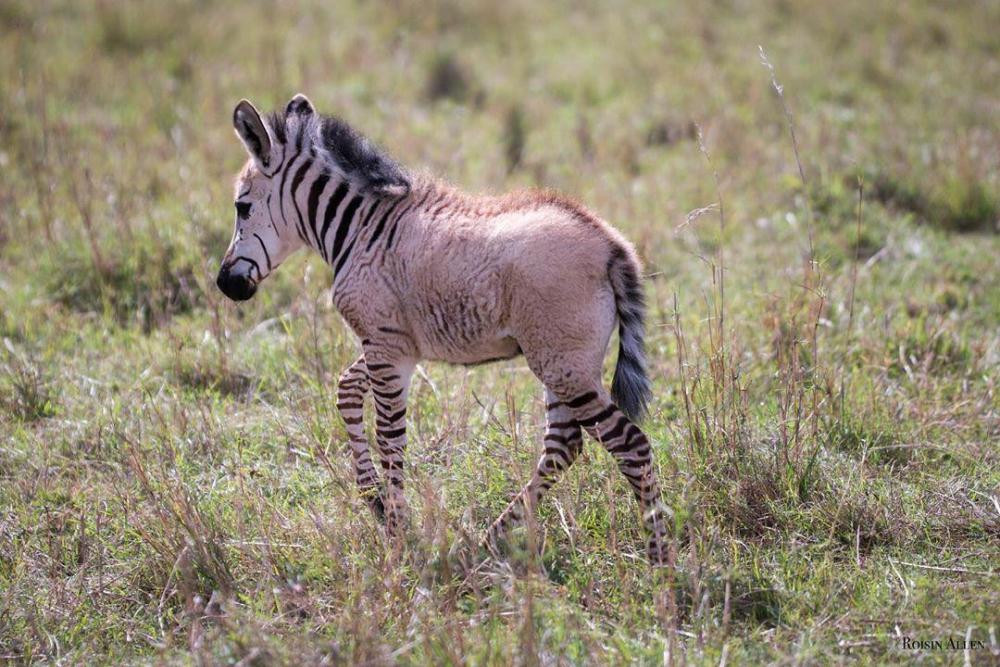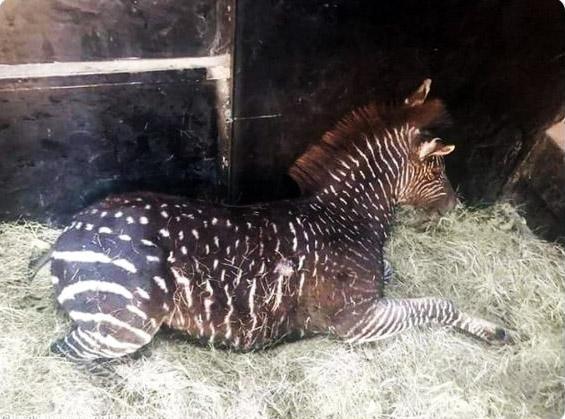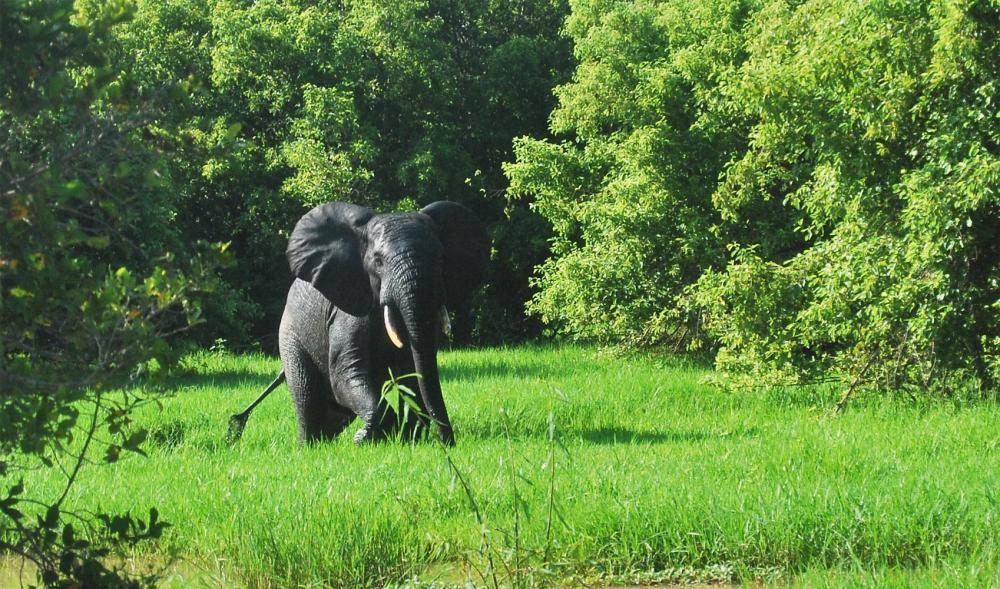-
Posts
2.332 -
Joined
-
Last visited
-
Days Won
60
Everything posted by Sundiata
-
I take responsibility for that. I've been very inactive, both here on the forums and on social media the last couple of months because of other engagements and, personal reasons... In fact, I even owe you a PM response which I've neglected and apologize for. Expect more activity and engagement in the near future. But there's no reason for anyone to think that the project is dead. As the project develops, demands and expectations grow, and Alpha 23 and Alpha 24 have been very demanding on everyone involved in development. But a lot of work really does go on, a lot of work that's difficult to communicate to the community because it's too technical. But people are working on it, every day: https://trac.wildfiregames.com/timeline?from=Sep+27%2C+2020&daysback=40&authors=&milestone=on&ticket=on&ticket_details=on&changeset=on&wiki=on&sfp_email=&sfph_mail=&update=Update#
-

===[TASK]=== WONDER: Persians: Apadana of Darius
Sundiata replied to Mythos_Ruler's topic in Official tasks
-

The Kingdom of Kush: A proper introduction [Illustrated]
Sundiata replied to Sundiata's topic in Official tasks
Thanks man... I'll see if I can whip up another texture in the coming days/weeks- 1.040 replies
-
- civ profile
- history
- (and 5 more)
-
For the (Han) Chinese, see the mod Terra Magna, available through the in-game mod-downloader. https://0ad.mod.io/terra-magna For the Byzantines, see the mod Millennium AD, also available through the in-game mod-downloader. https://0ad.mod.io/millennium-ad For the Etruscans, there's already a small reference thread: They're pretty cool, and definitely fit 0AD's timeframe. But development of this civ is honestly still a long way off, in the best scenario. The Hittites and Minoans are Bronze Age civs that predate 0AD's timeframe by more than 600 years.
-

The Kingdom of Kush: A proper introduction [Illustrated]
Sundiata replied to Sundiata's topic in Official tasks
Sorry, my inbox was/is a mess I just read the last mail. I really hope the man is ok... What about @LordGood? Any spare time/interest in this? No problem man... I've seen it associated with Piye before myself, so it's an innocent mistake... Yeah, it might be. I think it's ok for a reference. A bit unique, which is good. For now only limited to Amanirenas. We'd need another "less-royal" chariot texture for a general chariot unit. But it would require consensus in the balance department to actually get in-game, which isn't straightforward. We still have some time to discuss it further before Alpha 24 drops, so we'll see if there is any appetite for a Kushite chariot unit.- 1.040 replies
-
- 1
-

-
- civ profile
- history
- (and 5 more)
-

The Kingdom of Kush: A proper introduction [Illustrated]
Sundiata replied to Sundiata's topic in Official tasks
I'm sorry to disappoint, but it's not Kushite, but Egyptian. It's from Beni Hasan, Tomb No. 17 (BH17), Oryx Nome, Middle Egypt, 11th or 12th Dynasty/First Intermediate Period. The tomb belonged to Khety, a local governor. https://digi.ub.uni-heidelberg.de/diglit/newberry1893bd2/0116 Similar to 2 other scenes from Beni Hasan (probably depicting some kind of civil war): Definitely valuable towards understanding early Egyptian siege warfare, but not a primary reference for Kush (though some of those warriors are undoubtedly Kushite). That said, I do support using these as inspiration for Kushite rams nonetheless. Instead of being wield around, these would be carried around. When it moves, you'd see it being lift off the ground, and when it's stationary/attacking, it would sit on the ground. It requires 3D art and animations. I don't know if @Alexandermb has time and internet access these days?- 1.040 replies
-
- civ profile
- history
- (and 5 more)
-

The Kingdom of Kush: A proper introduction [Illustrated]
Sundiata replied to Sundiata's topic in Official tasks
It also struck me, which is why I insisted on the importance of the Nuba mercs (should be renamed "Noba"), to correctly represent the diversity of the armed forces to the disposal of Kush, from peripheral tribal levies to elite, New Kingdom style and unique Meroitic age warriors. For the period relevant to 0AD, all those types would have been present, for the duration of 0AD's timeframe, with the exception of the Meroitic types which of course, would only become a thing from the 3rd century onwards. But again, this "problem" is something specific to 0AD, not the Kushites. I honestly don't know for sure, but again, there's little relevance for 0AD... They used stone, bronze and iron arrowheads during 0AD's timeframe, iron probably becoming progressively more common, like everywhere else. If you want to use this information for specific archery techs, that could be cool though. Beginning with stone tipped arrows, you could research a "bronze tipped arrows" tech, then an "iron tipped arrows" tech, and even an "barbed arrows tips" tech (though the bronze arrow heads could be barbed as well). But this progressive tech tree is not necessarily going to be more historically accurate. Kush and the Achaemenid Persian Empire bordered each other. Kush and pre-Kushite Sudan has a long history of supplying their northern neighbor with mercenaries and levies. Since the Old Kingdom, they literally came from all over Sudan, in considerable numbers. If the Kushite state was supplying these armed men to Persia, they were probably not "free men". Especially when considering the way they are described, it's clear that they came from areas that Kushites raided for slaves, as depicted in some Meroitic Period reliefs. Either way, slaves or not, there's no reason to think they came from Lower Nubia, nor any reason to think they came from an area under direct Persian influence, which is the crux of my point. Anyway, Herodotus said a lot of things, some more reliable than others, and often apparently mixing kernels of truth with fantasies. He's often a bit of a problematic source. Not saying he's without value, on the contrary, but his value lies in those elements that can be corroborated from other sources. Lets see what else he says about the Aethiopian Persian relations: "On tribute levied by Cambyses on Aithiopia. Ca. 450-430 BC. Herodotus 3.97.2-3. Now the following were not required to deliver any tribute, but did bring gifts: the Aithiopians along the Egyptian borders, whom Cambyses subdued when he marched against the long-lived Aithiopians, ... who live around the holy Nysa and celebrate the festivals for Dionysos. [These Aithiopians and their neighbours have the same kind of semen as the Callantian Indians, and they have subterranean dwellings.]85 [3] These two peoples together used to deliver every second year, and still deliver in my time, two choinikes of unrefined gold, two hundred logs of ebony, five Aithiopian boys, and twenty great elephant tusks." The immediately obvious remarks that need to be made here, (aside from "subterranean dwellings"?? Allusion to troglodytes from Libya?), is that they were not "required to deliver any tribute, but did bring gifts", indicating royal gift-sharing, common in the ancient world. Secondly, and more importantly, neither ebony trees, nor elephants are locally available in Lower Nubia, which means that the ebony logs and elephant tusks purportedly gifted by the Aithiopians did not come from Lower Nubia, but were exported from the south. The same might well be true for the 5 Aithiopian boys, which in itself is indicative of a human trade as well. Some further comments from Fontes Historae Nubiorum on the Aithopians fighting in Xerxes' army: "Comments “The Aithiopians...” described as fighting in Xerxes’ (486-465 BC) army go into battle painting their body half white and half ochre and carrying arrows with stone tips like Africans (cf. Zahan 1975). If there were in fact Aithiopians of this sort serving in Xerxes’ army, they must have been recruited from the southern fringes of Kush. Actual contacts between Egypt under Xerxes’ rule and Kush are indicated by the fine Attic plastic rhyton made and signed around 470 BC by the potter Sotades and found under pyramid Beg. S. 24 at the Meroe South Cemetery (Dunham 1963, 383, figs 212- 215; for its dating see Török 1989, 118 f. no. 1). This rhyton and other works of Sotades (cf. Kahil 1972) were made for an oriental, i.e., Persian clientèle: the Meroe rhyton is decorated with scenes of battles between Greeks and Persians in which it is the latter that are victorious. The find of a related rhyton of Sotades at Memphis (ibid.) indicates what is also otherwise evident, that the Meroe rhyton came from Egypt and it is tempting to suppose that it was a diplomatic present sent to the king of Kush by Xerxes’ Egyptian satrap. Kushite presents, among them Herodotus’ soldiers, may have been sent north in exchange (cf. Török 1989, 69)." It does, with regard to your assertion that Lower Nubians, or even Kushites didn't know or use iron weapons in the 5th century BC. No, you were being misleading by drawing different conclusions than what the expert analysis is pointing out, which is literally that iron production in Meroë was "certainly flourishing from the sixth century BC." But I was not jumping to any conclusions, and I was not the one having difficulty understanding the paper, nor the paper you linked. I literally parroted the most up to date expert conclusions and had to point out to you the glaring faulty logic in using Meroitic Period finds from Arminna West to draw conclusions about Napatan Period iron production at Meroë. Just to be perfectly clear, I'm not the one challenging an increasingly growing scholarly consensus. Large scale iron smelting at Meroë definitely dates to the Napatan Period, if not earlier. I'm glad we occasionally agree on things I understand, but from the way you framed your posts and dismissed the conclusions of some of the most up to date, and most comprehensive research on the topic to date, it seems that you were denying the presence and/or importance of iron production in the Napatan Period, and conflating peripheral tribals with the much more sophisticated Lower Nubians.- 1.040 replies
-
- civ profile
- history
- (and 5 more)
-

The Kingdom of Kush: A proper introduction [Illustrated]
Sundiata replied to Sundiata's topic in Official tasks
Thanks. I'd refer you back to the other thread I previously linked, but I believe the battering ram is a controversial translation of the "wooden helper" that Piye used at the siege to overcome the enemy walls, and is more commonly held to be a siege tower, which is in-game. To clarify, I do actually think they had battering rams, but there's no direct evidence that I'm aware of. I'm actually in favor of a Kushite battering ram. I think every civ should have them. I'm not familiar with the source for this. Do you mind sharing it with us?- 1.040 replies
-
- 1
-

-
- civ profile
- history
- (and 5 more)
-

The Kingdom of Kush: A proper introduction [Illustrated]
Sundiata replied to Sundiata's topic in Official tasks
If the archaeological record doesn't support this, then what's the relevance of Herodotus passage with regard to Lower Nubia? The description is entirely in line with the populations to the South and West of Kush proper. Not with the Lower Nubians to their north. Lower Nubians were thoroughly Egyptianized by the New Kingdom (a process that started in the Middle Kingdom), and was preserved during the "Nubian Dark Ages", and continued strongly into the Napatan Period as well. They were an intermediate/mixed population living in Egyptian style towns for the period being discussed here. Applying Herodotus description to these people is far beyond reasonable. In addition to this, there's another textual source that escapes me for now that states that "Ethiopia" supplied the Achaemenids with a certain number of slaves each year. Knowing this, it becomes obvious that the "Ethiopians" in Persians armies may have come from anywhere in or around Kush. They presumably weren't "captured" by Persians in Lower Nubia, but captured by Kushites somewhere in Upper Nubia or beyond, and traded via Lower Nubia, by Kushites to the Persians in exchange for luxery items, political favor or other things. Indeed, it was a quality paper, but it is currently outdated... Written in 2003, published 2004... A lot has happened since then. Did you actually read it well? Because the assertion that Kushite iron smelting doesn't predate the 5th century, or even the Meroitic Period, based on the finds from Arminna West, makes no sense whatsoever. Arminna West wasn't even occupied by Kushites until the Meroitic Period. Looking for evidence of Napatan Period iron smelting in a site that wasn't even occupied during the Napatan Period, in a region that was never a producer of iron, is, sorry to say, ridiculous... Again, what's the relevance of this table from a site that was not even occupied during the Napatan Period? It's not even close to Meroë, where most of the iron was actually produced. Lower Nubia doesn't even have wood resources for iron production... : I'm not saying anything about the "origins of" (better said, "innovations in") Meroitic ironmaking or smithing techniques. I'm talking about the antiquity of Kushite iron smelting... It predates the Meroitic Period by centuries. We've already known this for years... I said "well established" by the 6th century, not 8th century BC... But it was probably already established by the 8th century BC. Yes, that's the working conclusion from the 97 radiocarbon dates providing us with the current chronology, from samples that didn't even reach the lowest levels. These aren't small mounds. They're pretty huge (MIS4 is 60 meters diameter, 5 meters high). So big they couldn't even reach the lowest layers at the core. They went to a depth of 2.05 meters in a mound that's 5 meters high. These aren't experimental smelts. These are large scale iron production activities that started depositing large quantities of slag at MIS4 latest in the fifth century BC and probably earlier. The chronology of MIS4 is based on 14 different radiocarbon dates, some of which are clearly clustering on 500 BC or earlier... Again: "The early distributions should not be disregarded, both because of the horizontal stratigraphy described above, and because of the significant depth of metallurgical deposits underlying the earliest dates." Which means that the quantities produced before the earliest acquired dates were already substantial! So what are you arguing now? That we shouldn't even consider Kushites an Iron-Age civilization, because of your claims based on outdated literature? Yes, Napatans were probably mostly using bronze and can be considered Bronze-Age, but even your own study you linked specifically remarked how heavily corroded those Meroitic artefacts from Arminna were, and that some of them retained little metal... How much worse for older examples? Metal was systematically recycled in the Nile Valley. It's a miracle we still have anything left today. Yet there have still been hundreds of iron artifacts excavated from the Meroitic Period. Most of them nothing more than glorified lumps of iron oxide. We only learn something useful in terms of quantities of iron produced from the slag mounds themselves, which are literally some of the largest in Africa. This production more than likely started before 500 BC, probably in the 8th century BC (and it's firmly Napatan or older in origin). Prior to that they were using bronze. No gazelle horn weapons have been identified so far, but dozens and dozens of bronze weapons are known from the earlier archaeological record. What relevance this has for 0AD, or the early history of iron production at Meroë, I don't know... In fact, they were even using stone arrow heads, in addition to bronze and iron. So should we consider them Stone-Age now? What do you mean "plausible". Of course there were differences... But this is a 0AD-problem, not a Kushites-problem. What that has to do with the history of iron smelting around Meroë is of little relevance... Especially if you're making an argument that they should use sharpened gazelle horns instead of you know, bronze like they've been using for well over a millennium before the starting date of 0AD. The only people for who Herodotus' description is relevant is for the early Noba and other peripheral populations to the West and South. What does that have to do with Kushites and their iron smelting specifically? Kushites have both bronze and iron weapons in-game, as they had in real life, throughout the period relevant for 0AD.- 1.040 replies
-
- 2
-

-
- civ profile
- history
- (and 5 more)
-
Some examples of Kushite bronze knives (Kerma Period, but probably ok enough as a reference for Napato-Meroitic models as well), and a collection of corroded Meroitic iron objects, including some knives:
-

The Kingdom of Kush: A proper introduction [Illustrated]
Sundiata replied to Sundiata's topic in Official tasks
I discussed this in the opening post of this thread, and several times since. Obviously, the descriptions are referring to primitive peripheral peoples like the early Noba to the west of the Nile. Kushites exported slaves, among other things, to the Persians (as well as receiving Persian luxery goods, attested in some of the recorded Kushite grave goods). These slaves were raided from the Kushite periphery, and may well have supplied the Persians with "Ethiopian" fighters, which is where the primitive description comes from. Not from Kush proper. I already repeatedly pointed out that the Kushites were using iron since at least c. 949 B.C.: https://www.livescience.com/62419-ancient-horse-burial-tombos.html And we know that they were already using bronze weapons since the 2nd millennium BC, which Herodotus doesn't mention either... I don't have access to the paper because of a paywall, but if the conclusion is really "dates “Early Meroitic” iron artefacts to 3rd C BC onwards", then it's either of extremely shoddy quality or just hopelessly outdated, or maybe the paper is merely commenting on the artefacts from "Arminna and Toshka West in Lower Nubia", which is the focus of the paper. These sites aren't even close to the main centres of iron production in Upper Nubia far to the south around Meroë. Let me share the relatively recent results from a proper, quality archaeological investigation into the antiquity of iron production at Meroë and Hamadab: "A New Radiocarbon Chronology for Ancient Iron Production in the Meroe Region of Sudan", by Jane Humphris & Thomas Scheibner, 2017: https://link.springer.com/article/10.1007/s10437-017-9267-x Iron production at Meroë may date to as early as the 8th century BC, or even earlier, perhaps even predating the 25th Dynasty... In any case, it was well established by the 6th century BC. It needs to be emphasized that these 97 radiocarbon dates were obtained from carefully selected charcoal samples embedded within the iron-slag itself, deliberately attempting to select against the possibility of old wood by subjecting the samples to detailed examination before dating... It should also be emphasized that the earliest dates aren't even from the earliest deposits! There was a "significant depth of metallurgical deposits underlying the earliest dates". These earlier deposits were difficult to reach because of the extraordinary size and depth of the deposit, the iron slag mound in question, reaching 60 meters in diameter and a height of 5 meters above ground level, making it unstable and unsafe to excavate to a depth of more than "2.05 m".. That paper shows how it's done... The relative scarcity of iron objects and weapons from early dates is easily explained by the heavy level of corrosion in surviving examples (most of it is just crumbling, unidentifiable lumps of heavily corroded iron), the practice of recycling (and systematic looting), and the fact that they usually weren't even buried with weapons of war to begin with...- 1.040 replies
-
- 1
-

-
- civ profile
- history
- (and 5 more)
-

The Kingdom of Kush: A proper introduction [Illustrated]
Sundiata replied to Sundiata's topic in Official tasks
"Meroitic Archer from Sudan- I-II Century AD- Encounters with Rome": "Warrior from Sudan- II Century AD- Encounters with Rome. II century AD": "Enemies of Rome- Nomads. Nubia- Archer from the Blemmye Tribe IV Century AD": Kerma Period noble archer:- 1.040 replies
-
- 1
-

-
- civ profile
- history
- (and 5 more)
-
Also in favor
-

The Kingdom of Kush: A proper introduction [Illustrated]
Sundiata replied to Sundiata's topic in Official tasks
This was discussed in more detail recently here: The sources are a too ambiguous at the moment for stone throwers. It's possible they had them, but we really don't know for sure. They may have just been referring to slingers. I wouldn't be surprised if more comes to light in future archaeological excavations, or even possible future translations of Meroitic, but not quite yet. Amanirenas will have a chariot in Alpha 24: https://code.wildfiregames.com/D2622 I'm not sure if Kushites will have a non-hero chariot unit. It would be historically accurate (same for axe-men). There was some discussion on it recently. Maybe @Nescio can tell us more on the current state of the roster?- 1.040 replies
-
- civ profile
- history
- (and 5 more)
-

===[TASK]=== WONDER: Persians: Apadana of Darius
Sundiata replied to Mythos_Ruler's topic in Official tasks
-

The Kingdom of Kush: A proper introduction [Illustrated]
Sundiata replied to Sundiata's topic in Official tasks
Thanks! We're just getting started... Ha, the faience is what gets a lot of Nubiologists... Everybody loves it. Faience can be anything from bluish to cyan to greenish. The cyan-greenish pieces are the most common. The technique of faience manufacture was one of the early developments that Kerma was famous for, and Kushites continued to be in love with faience all the way through the Napato-Meroitic Period as well. Some of the pieces could get pretty intricate. Most of them have since lost most of their shine and polish, but they would have been gleaming back in the day. Kerma-Period scorpion (probably a symbol of royal authority all the way into the Meroitic period): 25th Dynasty, Napatan Ankh, from the Temple of Taharqa, Kawa: Select Napatan examples: Meroitic faience "Evil Eye box" from the cemetery at Dangeil: They also imported/looted Egyptian blue faience articles since the Kerma Period, such as the Hippo and pottery shard (left and centre), as well as produce their own Kerma blue faience, like the inlay of a bound captive (right):- 1.040 replies
-
- 1
-

-
- civ profile
- history
- (and 5 more)
-

The Kingdom of Kush: A proper introduction [Illustrated]
Sundiata replied to Sundiata's topic in Official tasks
I still have so so much to post.... And not enough time, but here's a quick in between post: Kerma period Kushite boats / ships: Considering how difficult it initially was to find quality period references for Kushite ships, it's nice to find the typical Nile Valley ships confidently appear in the Kushite record as early as the Kerma Period. Hippopotamus hunt: Recorded murals from Kerma, Temple K XI, Eastern Cemetery, depicting a boat with 8 sets of oars, a bull and a donkey (drawing water from a well) Temple K XI, Kerma Eastern Cemetery, fishing scene: An interesting note is that the artistic style of these paintings is reminiscent of Pre-Dynastic Egyptian art-styles, but these Kerma examples post-date the Egyptian ones by almost 1,5 millennia, ruling out direct diffusion from Egypt. Possibly the style originated with some common artistic ancestors in the Sahara, where comparable scenes are known from the Neolithic, or perhaps now lost remnants of Pre-Dynastic styles were preserved long enough in Lower Nubia to influence later artistic developments in Kerma. It should also be noted that these were some of the oldest preserved murals from Kush, and older examples may not have survived, obscuring the evolution and true origins of the style. A fleet of ships depicted in a mural inside Temple K II, Kerma Eastern Cemetery: I've already posted these temples (KII and K XI), I believe, but considering what a magnificent examples they are of Bronze Age monumental stone and brick architecture in the First Kingdom of Kush (aside from the famous Western Deffufa), I thought it would be nice to post them again. They have almost completely disappeared since Reisner's excavations (which levelled many of the sites) in the 1910's - 1920's, but the photographic record of these excavations still exists. Although virtually unknown, they are extremely valuable. This is where the murals of those boats and ships were recorded: c. 1750 B.C. - 1480 B.C. Temple K XI (note the group of people in the right upper corner for scale): The interior wasn't just decorated with murals, but also featured ceiling blocks with faience inlays: Kerma Temple K II: Temple K II is where the 120 cm long faience lion inlays come from: Location of the temples on the southern fringe of the Eastern Cemetery of Kerma:- 1.040 replies
-
- 2
-

-
- civ profile
- history
- (and 5 more)
-

Black Panther
Sundiata replied to wowgetoffyourcellphone's topic in Introductions & Off-Topic Discussion
-
Not saying this needs to be done, but I didn't know where else to share this. I recently stumbled across pictures of Tira, the cutest little zebra I've ever seen, from the Maasai Mara in Kenya, and she has a very rare, and gorgeous mutation: And she's not the only one either. Another zebra with very similar markings exists in South Africa: "Blonde" zebras also exist: And brunettes: And albino: King Cheetahs are another rare, yet natural and gorgeous mutation (born to regular cheetahs): So majestic...
-
Abraha is not a Kushite but an Aksumite, and the Kushites are not predecessors of the Aksumites either. They're distinct peoples with distinct cultures, languages, religions, ethnogeneses, architecture, and history in general. They actually went to war with each other a few times and there was probably trade. Cultural exchanges did probably occur, but they're relatively superficial. Not that there's no relation at all, but nothing tangibly relevant to game-development. I'd strongly suggest to keep any Aksumite references for a possible future Aksumite faction, either in the main game if the timeline is ever expanded to c. 500 AD, or in a mod like a future version of Millennium AD. (Kingdom of Axum: c. 80 BC - 940 AD)
-
There is no release date yet. Development for alpha 24 is currently at 76%, and development is ongoing: https://trac.wildfiregames.com/roadmap Although it's impossible to derive a timeframe from that.
-
Wow, among all the other things, I was really exited to see new units exiting from buildings... Maybe this has been asked before, but what's preventing us from having it in vanilla? Would be awesome...
-

Splitting our civs in groups - Fixing the balancing problem
Sundiata replied to wraitii's topic in Gameplay Discussion
Maurya's had ranged siege equipment, described as "moveable machines" and "immoveable machines", that made use of "string" to "shoot" [arrows? stones?] at the enemy forts or parapets to "destroy" them. Described in Kautilya's Arthashastra. Even before the Maurya Empire, Ajatashatru, King of the Haryanka dynasty of Magadha, apparently used catapults against the Licchavis according to Jain literature. It is probably historically inaccurate to depict them without ranged siege... We just don't have good visual refs for now. -
Yeah, but if at least 9 other ancient writers say the same thing, then it's strange to describe it as a figment of Polybius' mind. My personal opinion, it seems to me that Polybius' account is questioned because of the modern controversy, and not because the actual passage itself is questionable or problematic. African elephants are often depicted as being short of stature in art from Antiquity as well, so it's not just the ancient accounts, but also pictorial evidence that leads us to the conclusion that African (war) elephants were small. For myself, and I think Nescio as well, the main point of contention isn't whether they were small or not, but whether these elephants were (more closely related to small) bush elephants, or whether they were (more closely related to) forest elephants. Ironically, it would make little noticeable difference for the elephant models in-game. Most players wouldn't notice either way. We're really just nitpicking details here. Troglodytic, the adjective of Troglodytae, is a very generic term that simply refers to "cave dwellers", and simply refers to very primitive people as could be found in parts the Sahara or the Red Sea Coast. The term isn't even exclusively used for specific African peoples, see Strabo, who uses the term Troglodytae to refer to a tribe in Scythia Minor on the West Coast of the Black Sea... But the differentiation between Troglodytic and Ethiopian elephants in itself is indeed of notable interest. Basically differentiating between elephants from Sudan (Aethiopia) and those from Eritrea/Modern day Ethiopia. But why exactly? The coastal regions on the Red Sea from Sudan to Eritrea where the Ptolemies set up their bases weren't exactly far from each other... By the way, are you referring to the L. Casson (1993) article? I read it a short while back. It says that both species of elephants were found more or less throughout the continent including the lands of the Red Sea and Gulf of Aden during Antiquity (after Scullard), and that Philadephus' hunting parties almost certainly went after forest elephants (also referring to the consistency of ancient writers in describing the African elephants as smaller than the Indian ones, as an argument). Besides the people involved in the selection and hunt of these animals, I think that indeed most ancients in the Mediterranean would have been largely ignorant of the large bush elephants. Also, bush elephants are really difficult to handle... They're really stubborn and also have a penchant for killing their handlers... They can be ridden, but they're not really war-elephant material. Also, a pissed off bush elephant is just a really scary sight... I pissed one off one time in northern Ghana in a large nature reserve. I had wondered off by myself, and was standing by a creek when an elephant walked through the creek at barely 10 meters from me, and it hadn't noticed me because of the shrubs until it was standing almost directly in front of me.. He got startled and gave me a little heart attack too, but it just "growled" and went on with its day. A very short while later, another large elephant started mock charging me from across the creek... Another small heart attack ensued, but the big boy was just acting tough and didn't follow up on the charge. Of course, I did the only sensible thing a man can do in such a situation: take pictures : True. Though, sadly, I don't have access to the article (is it worth making an account there?)

